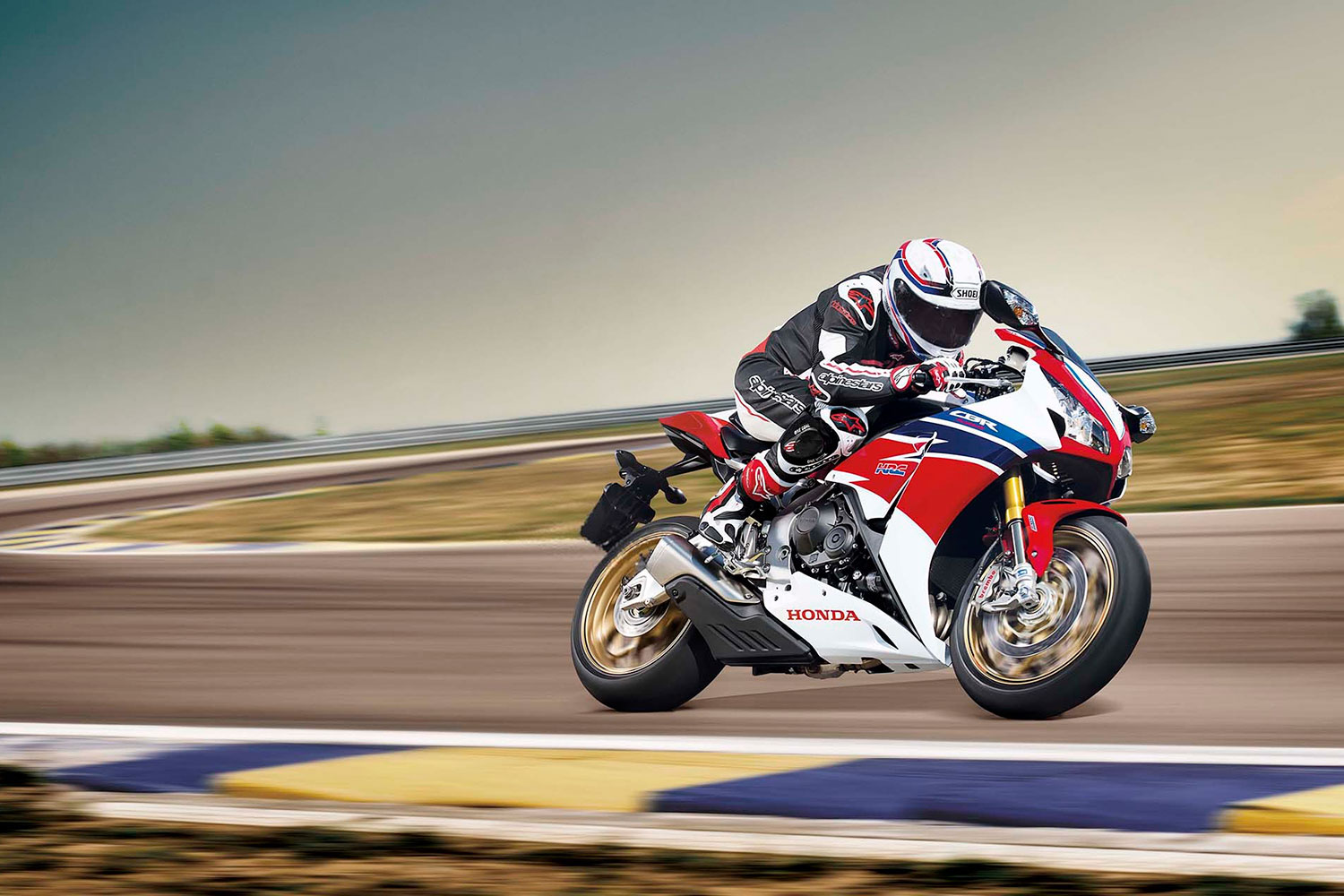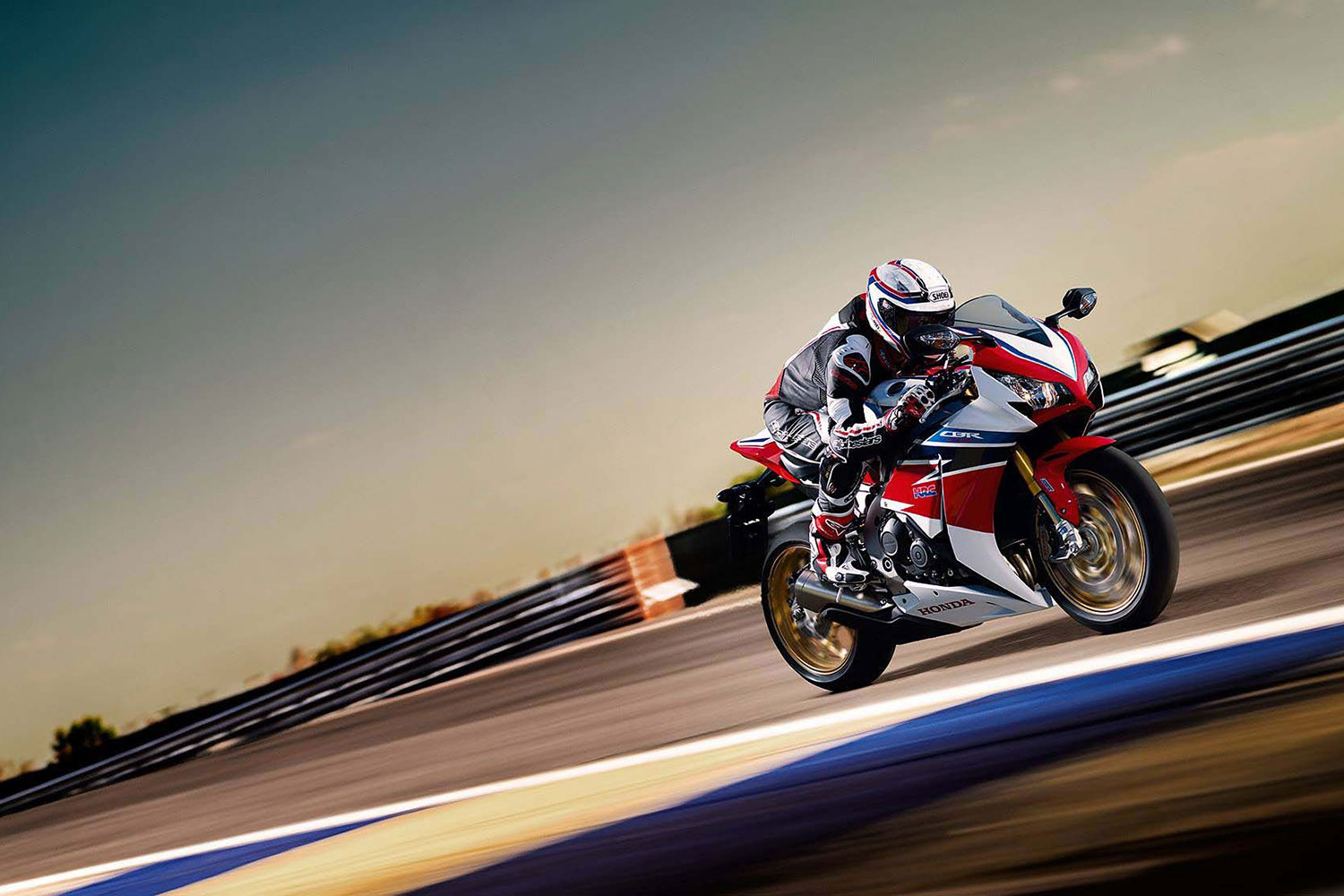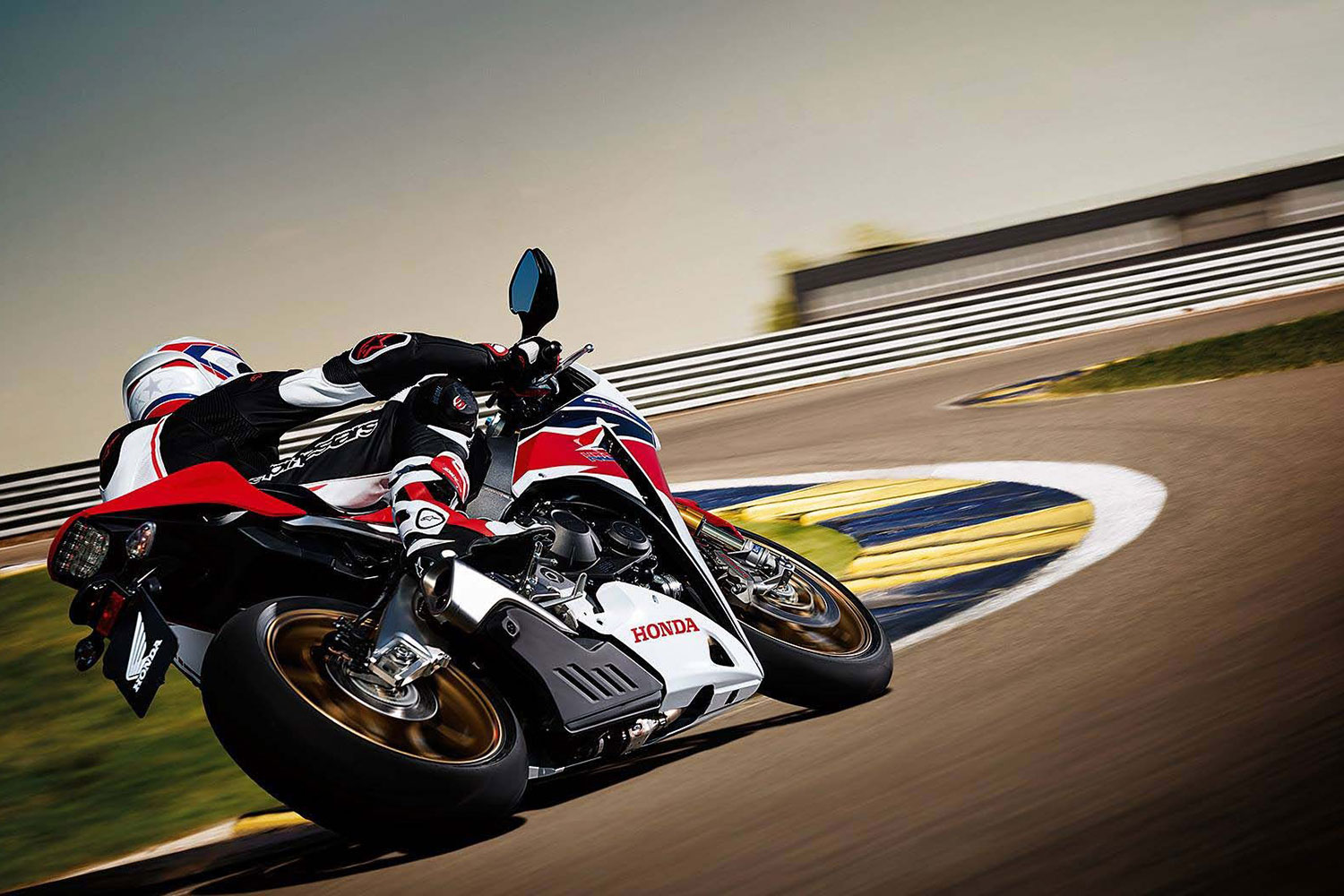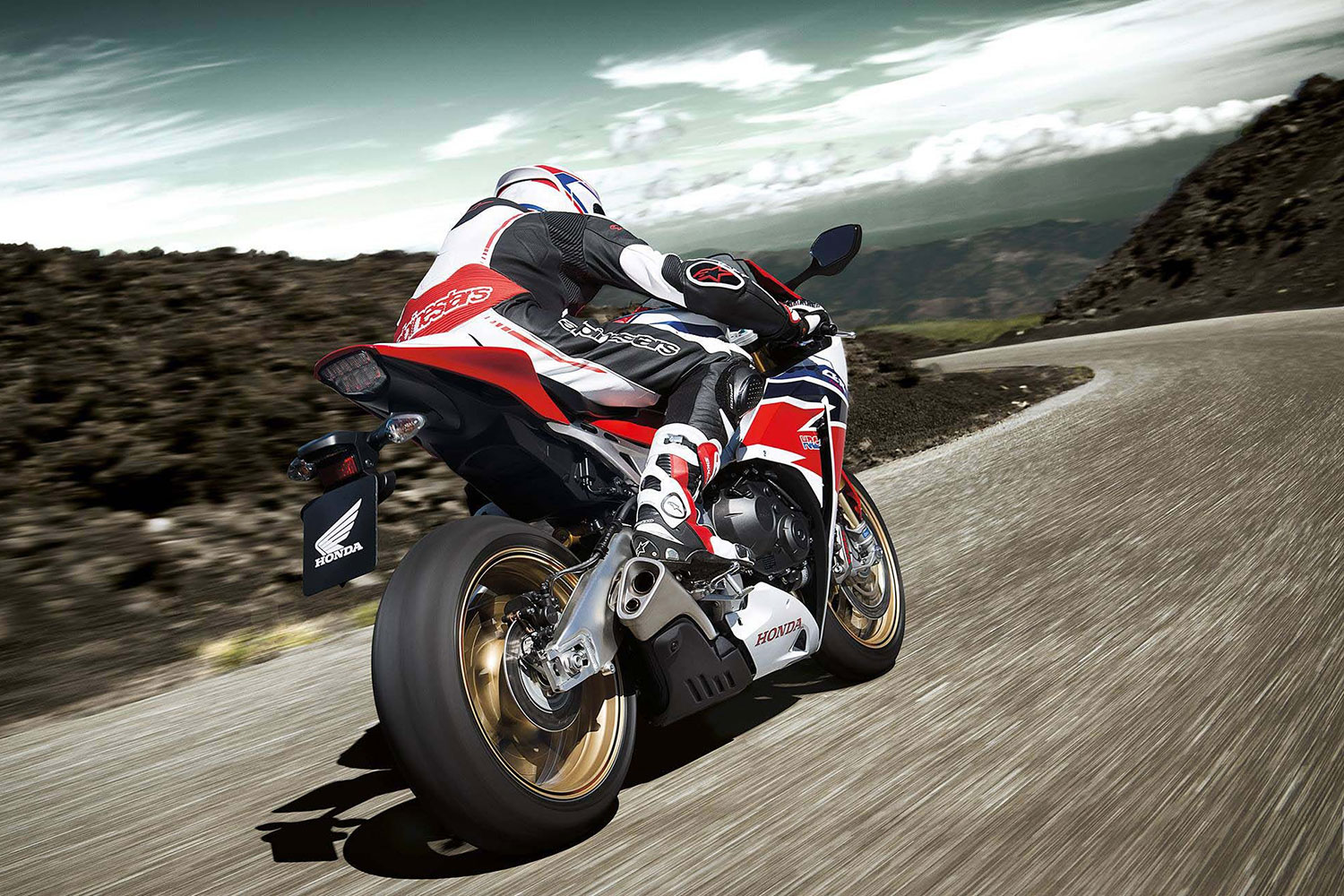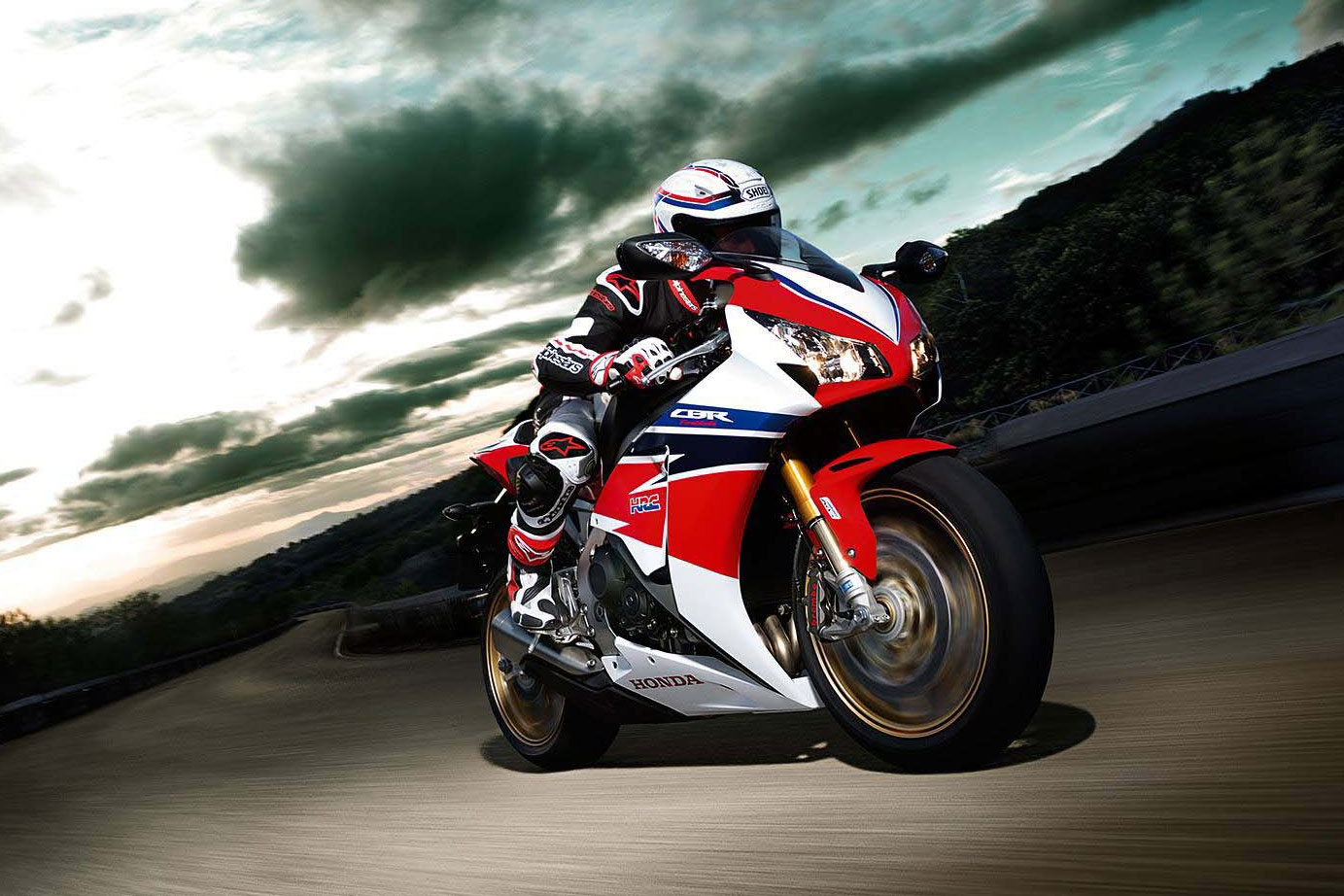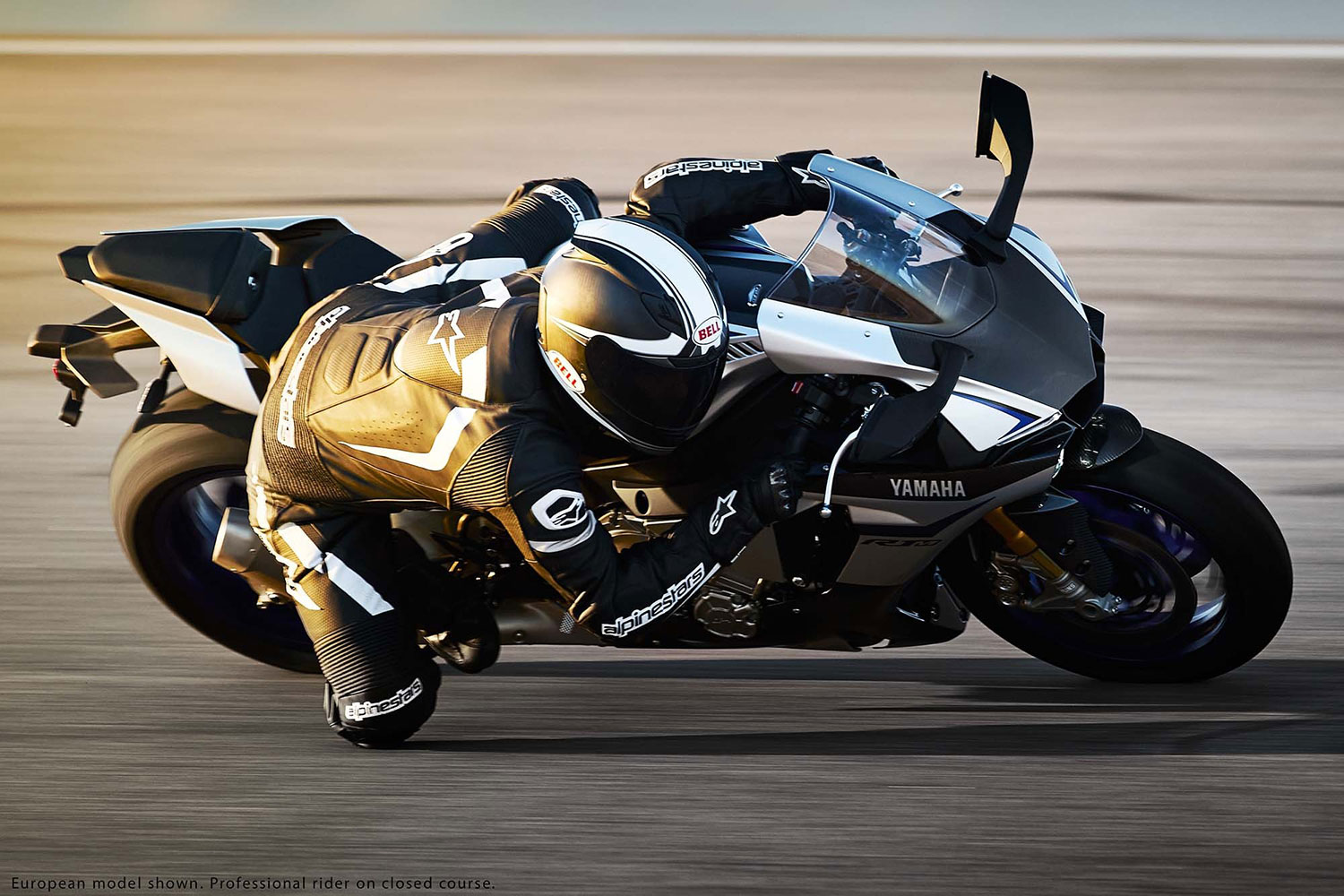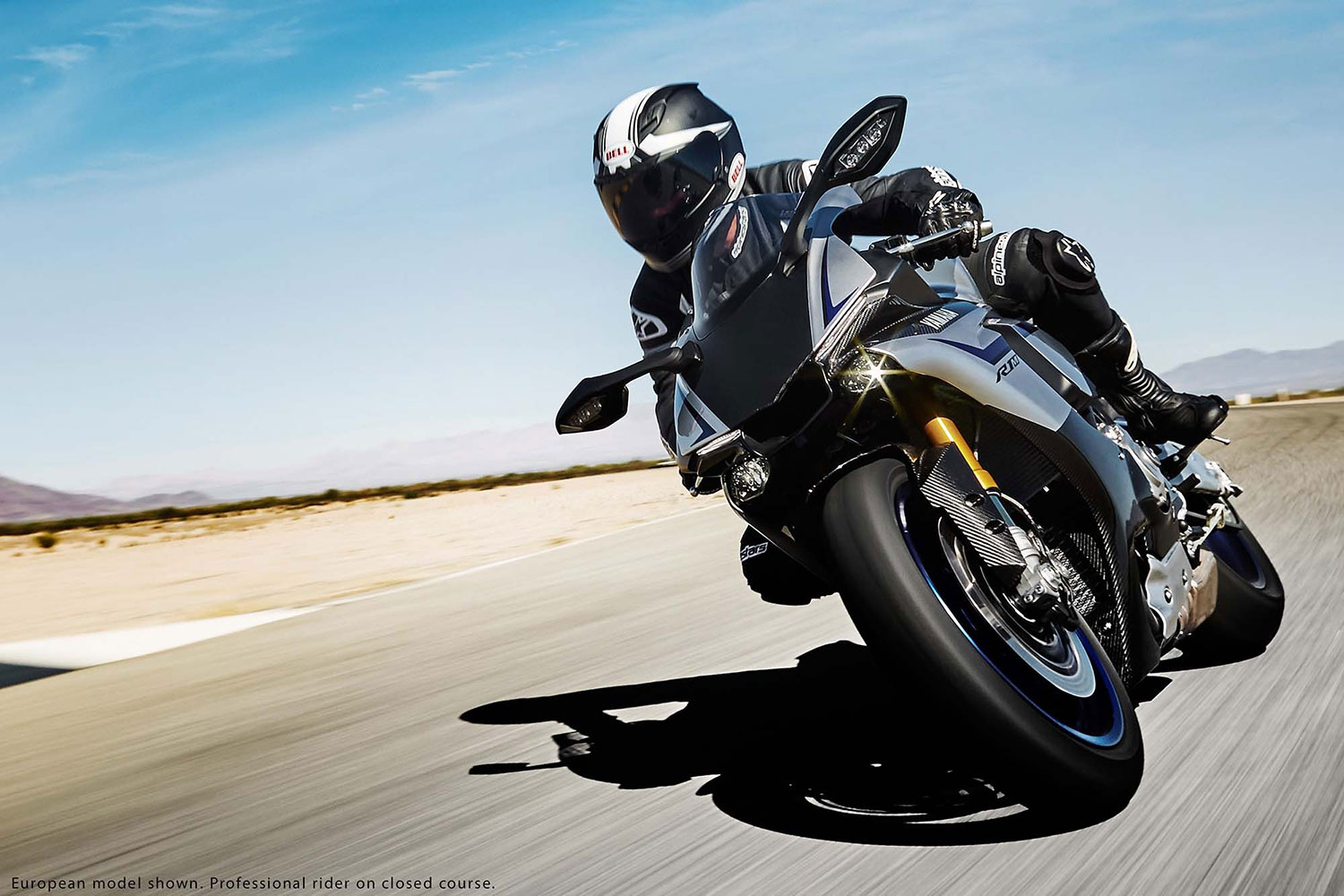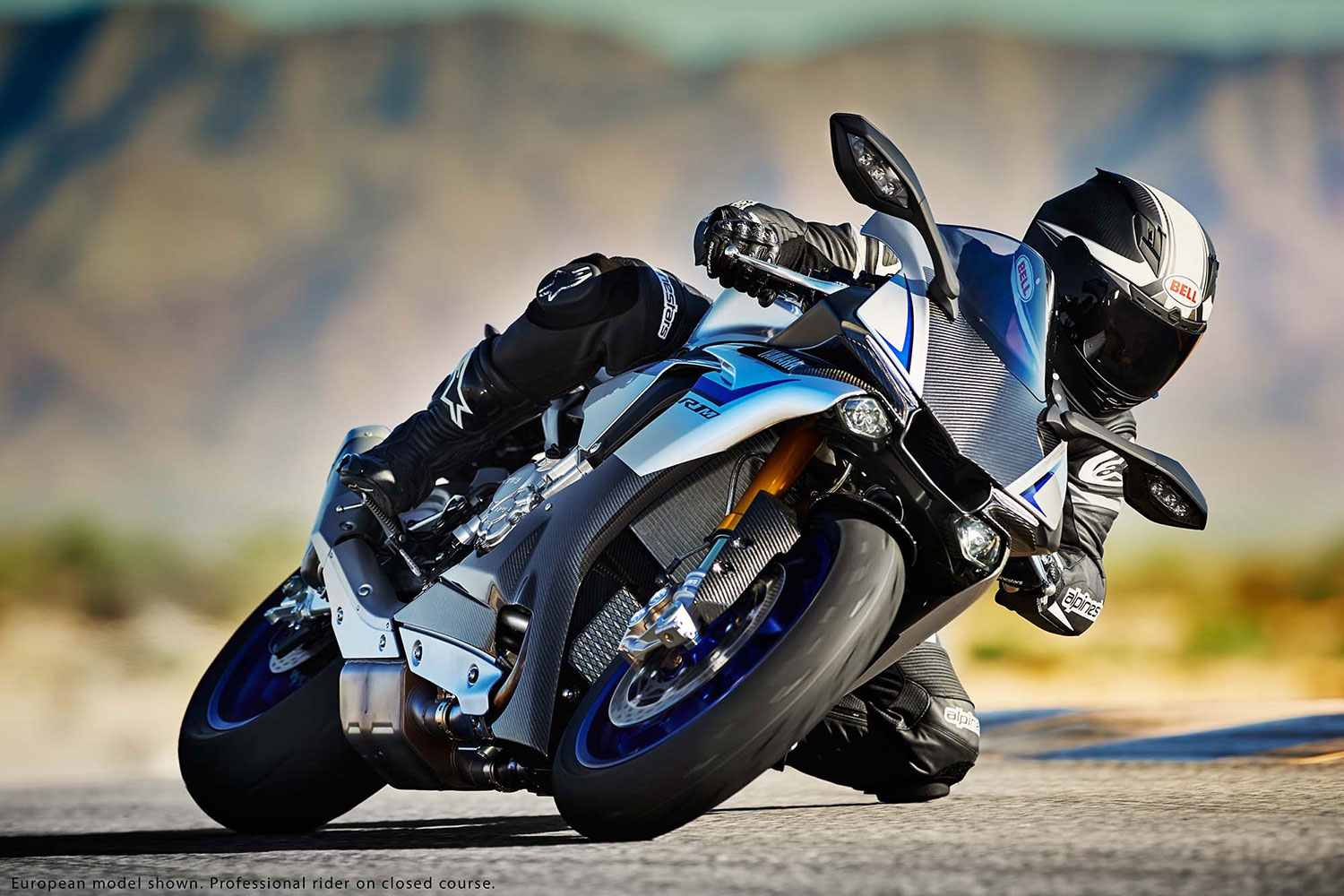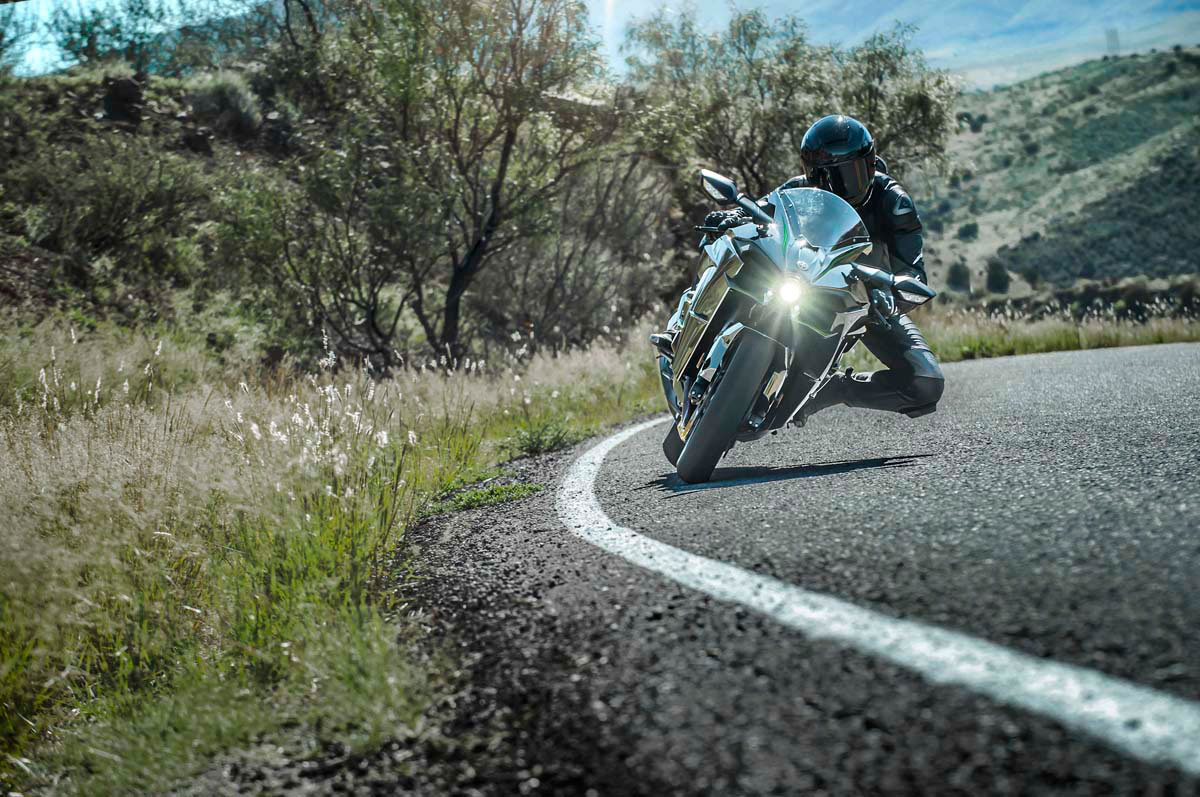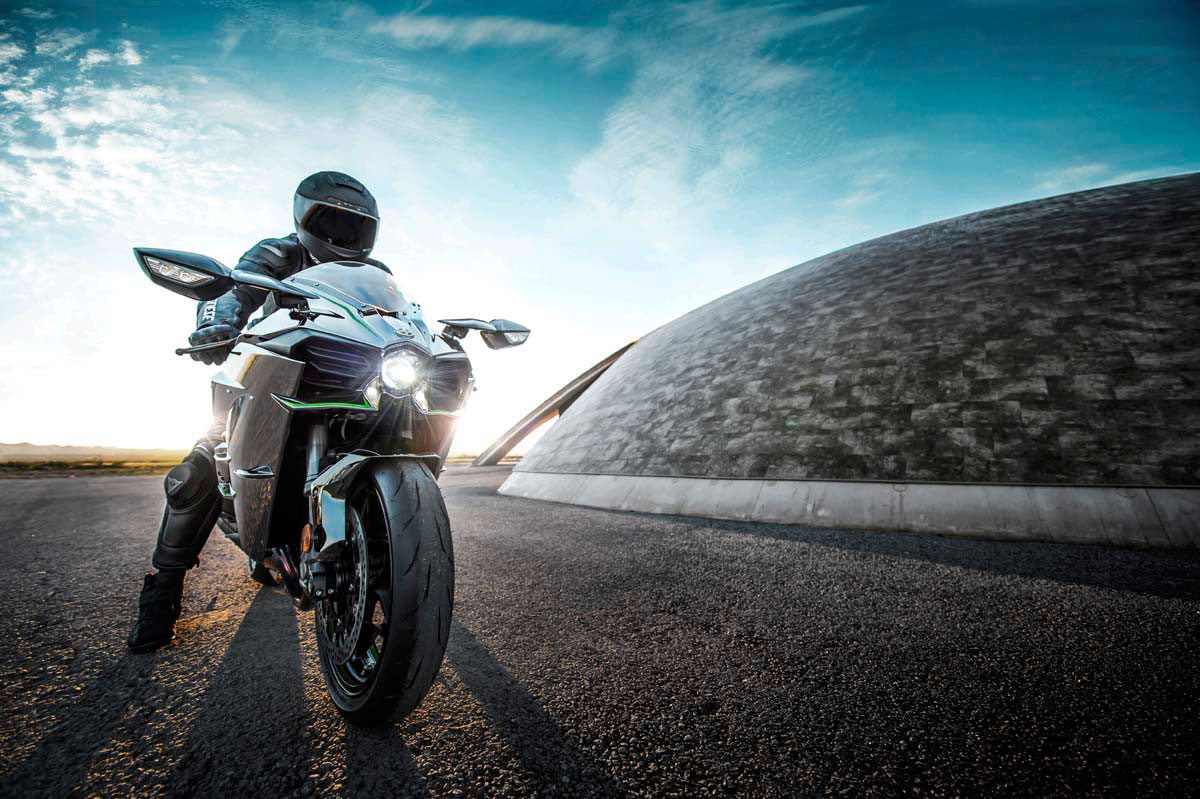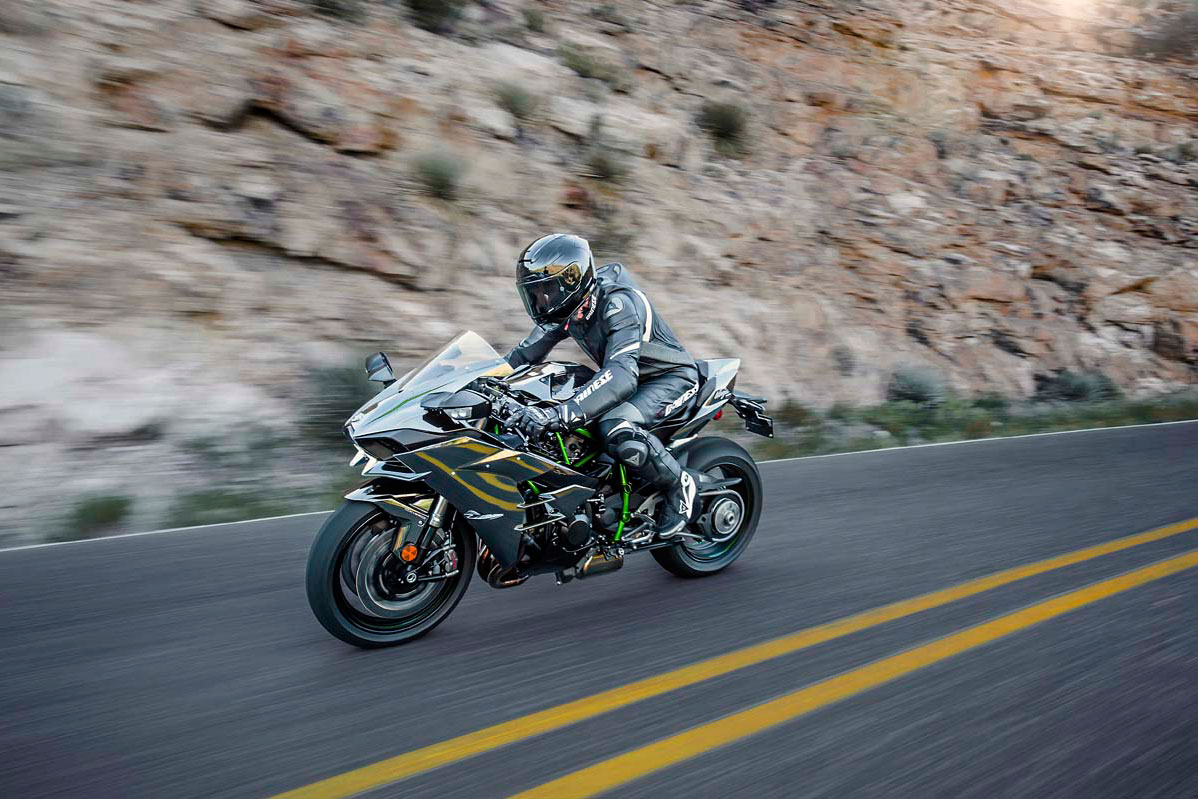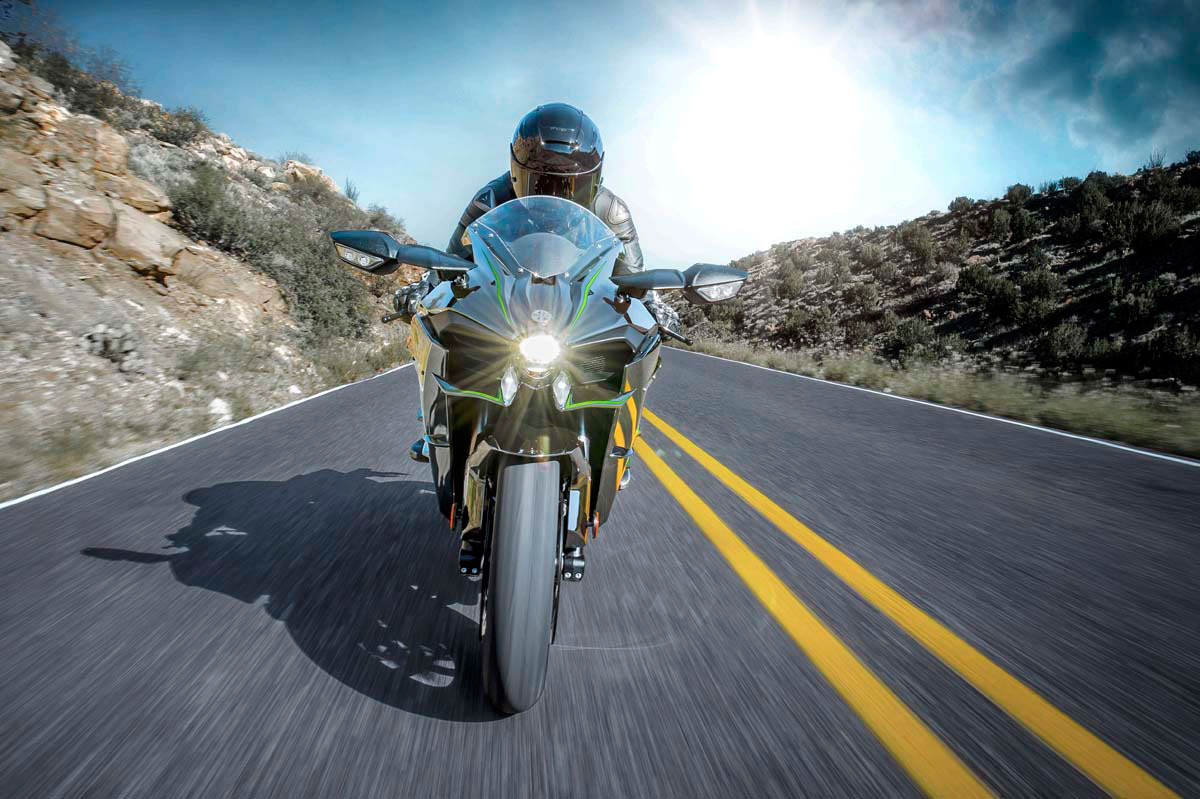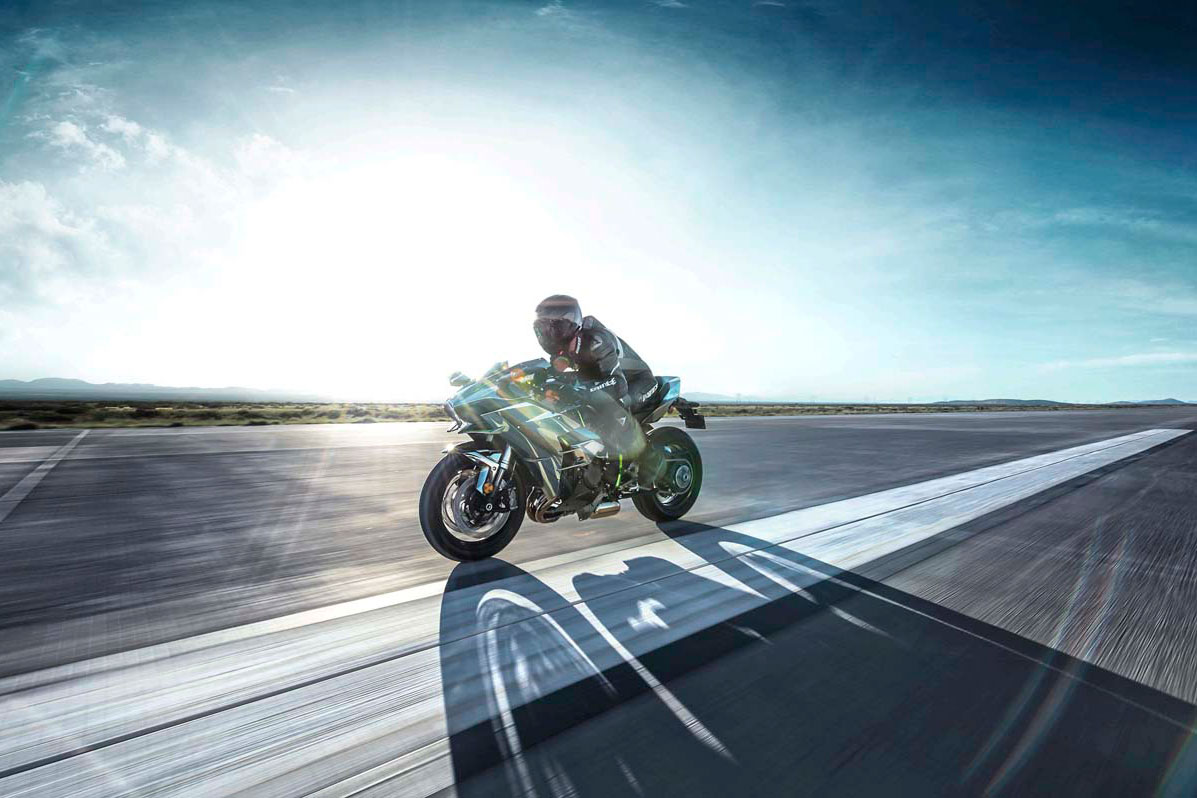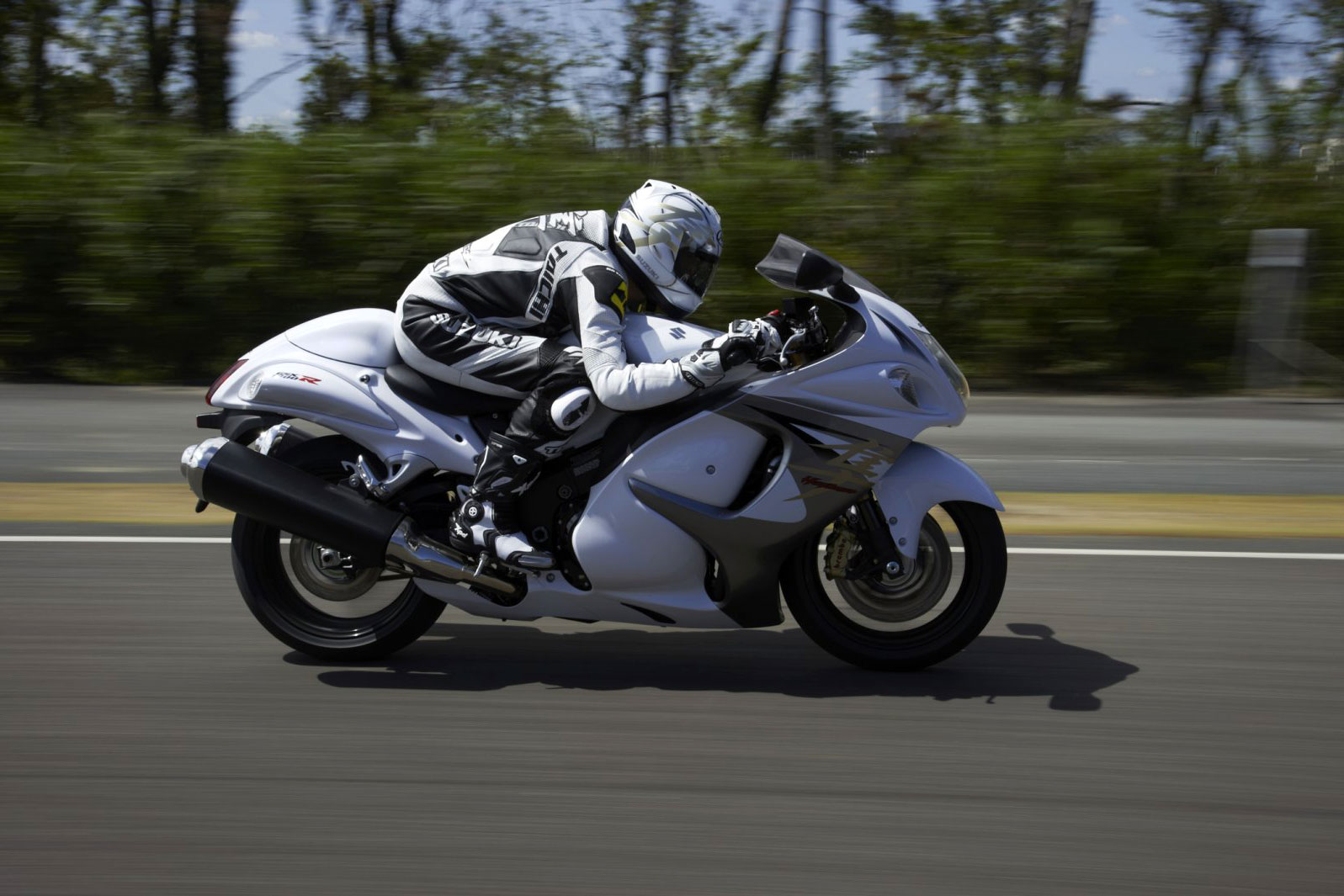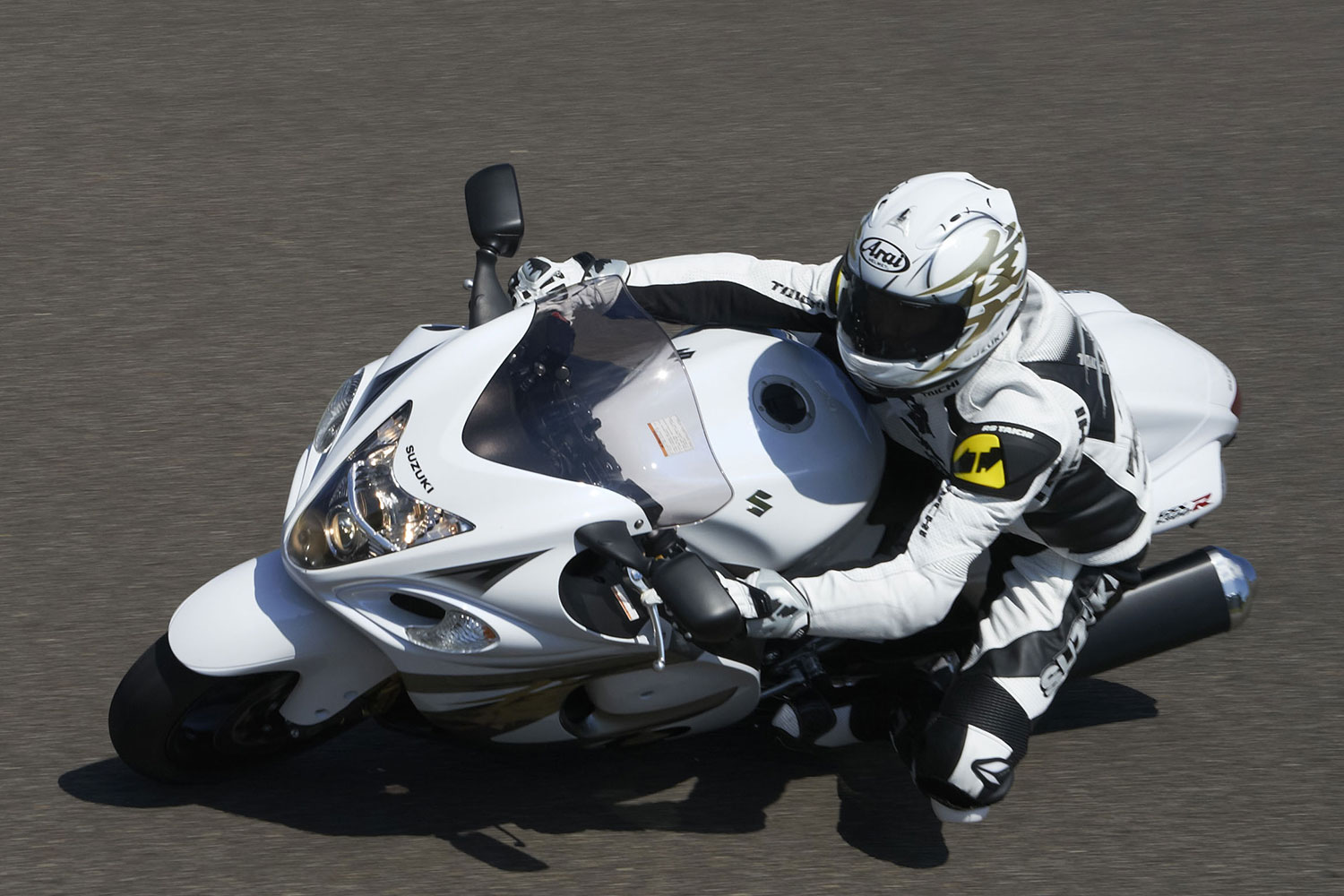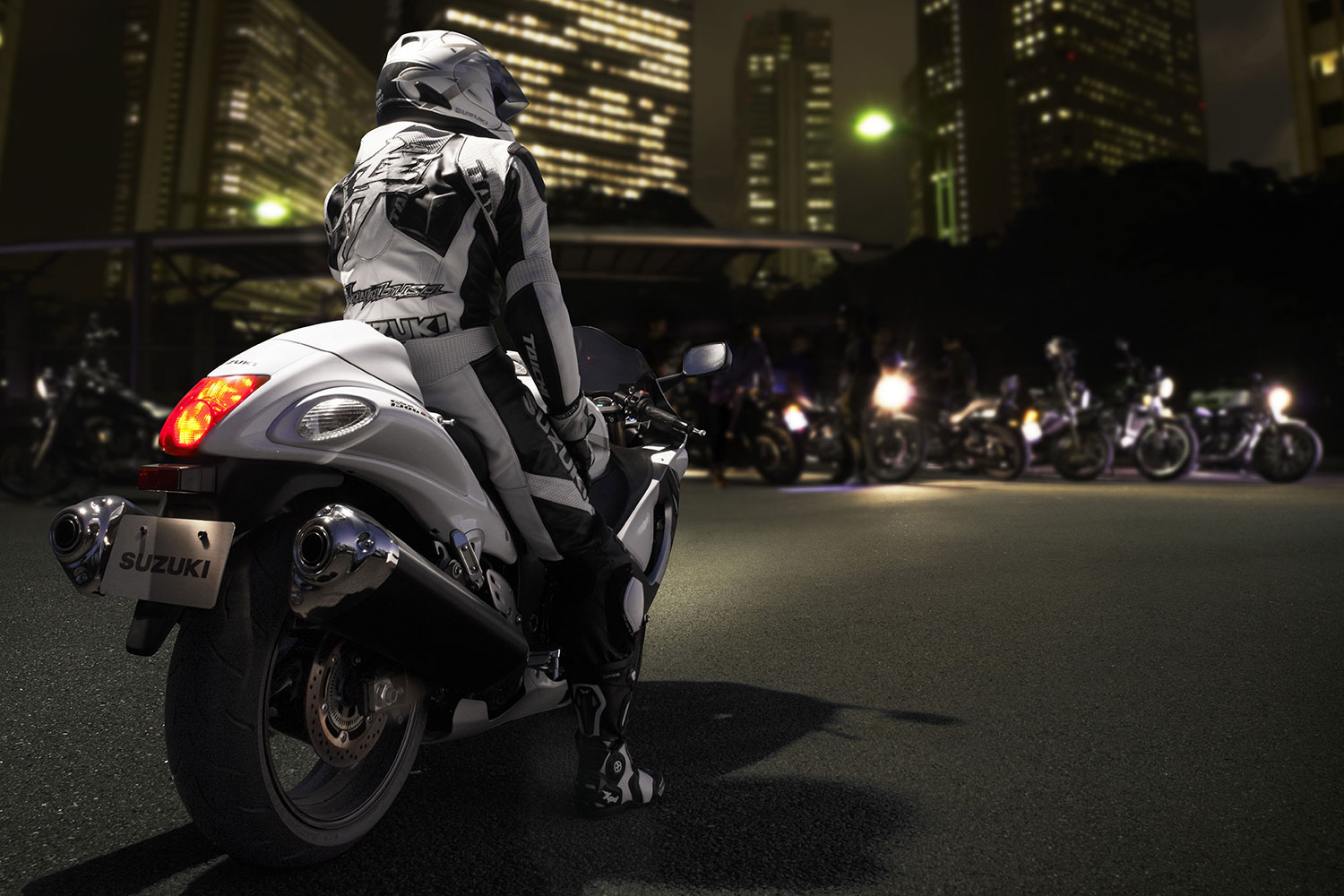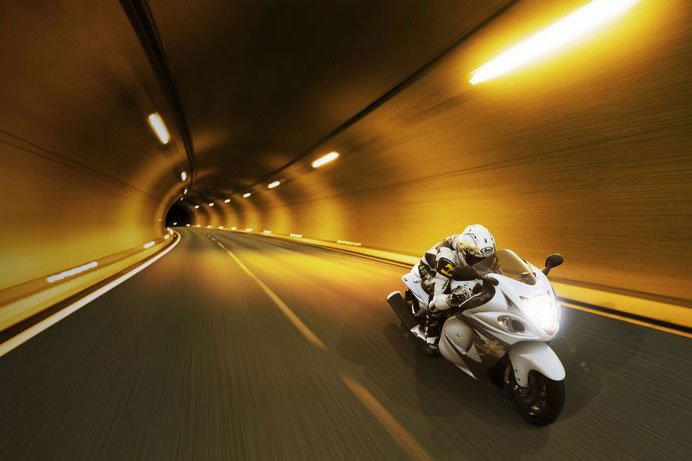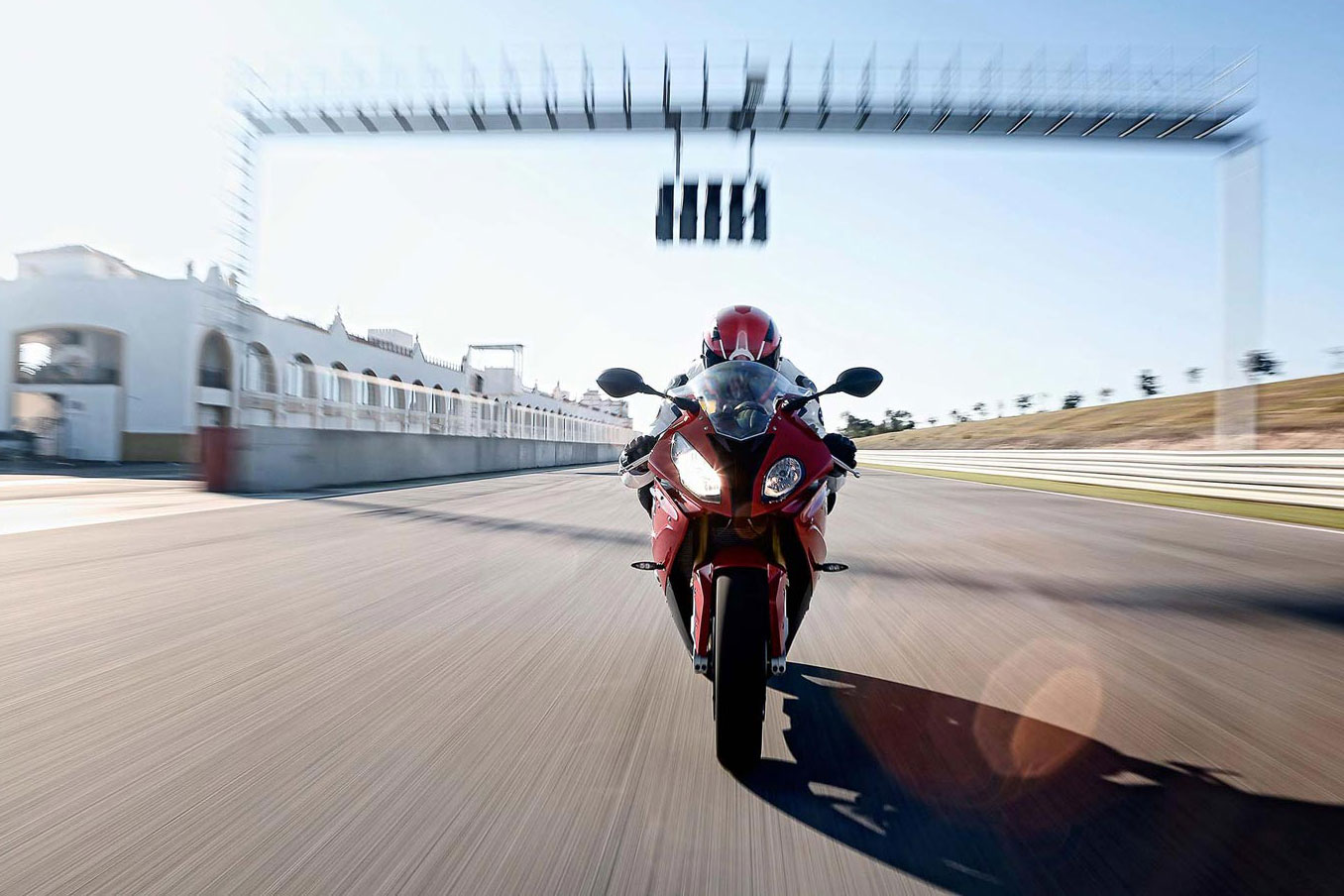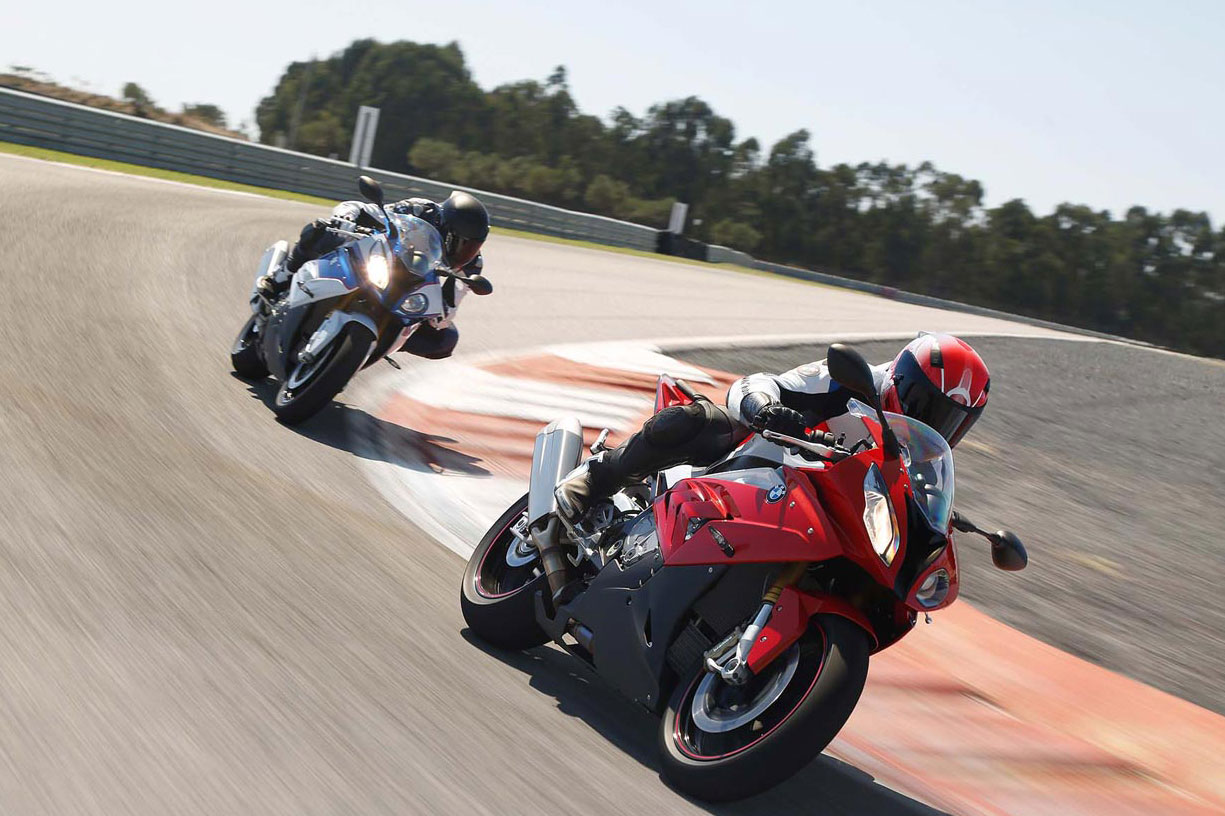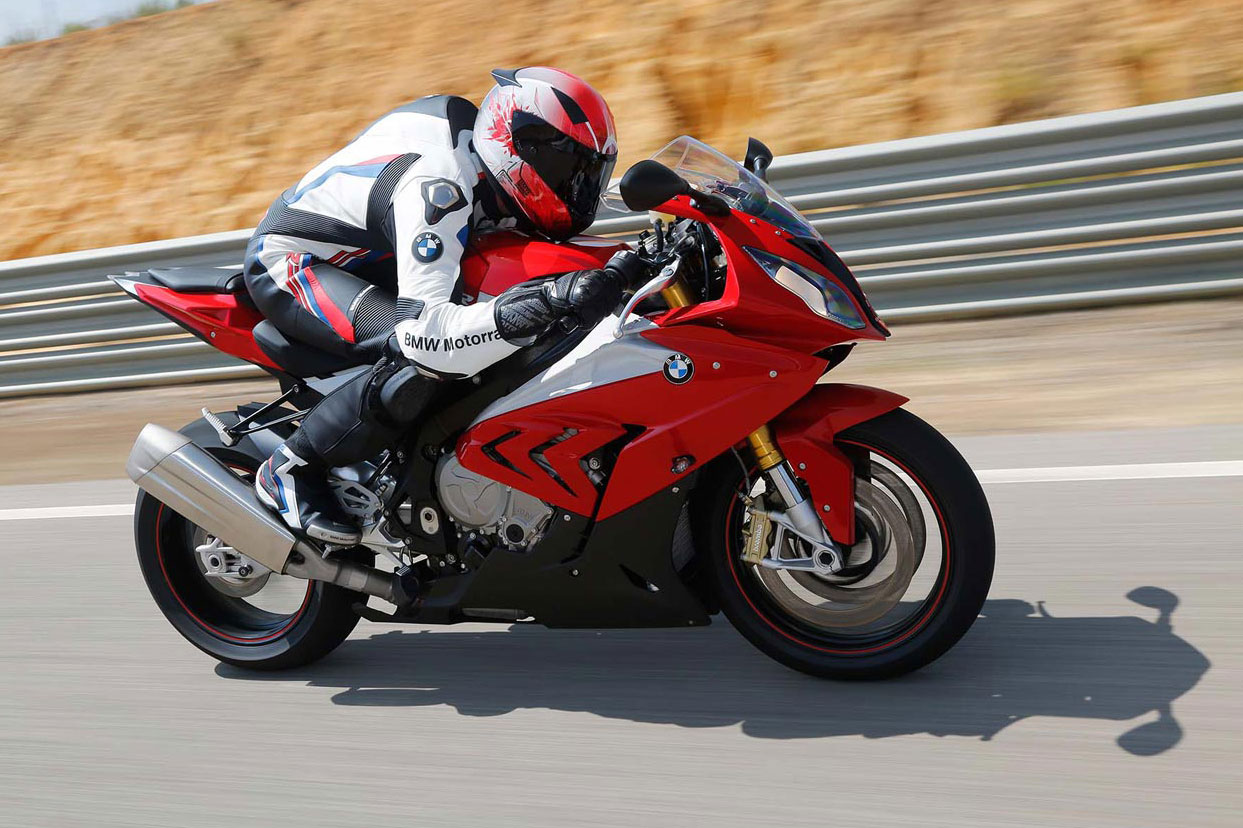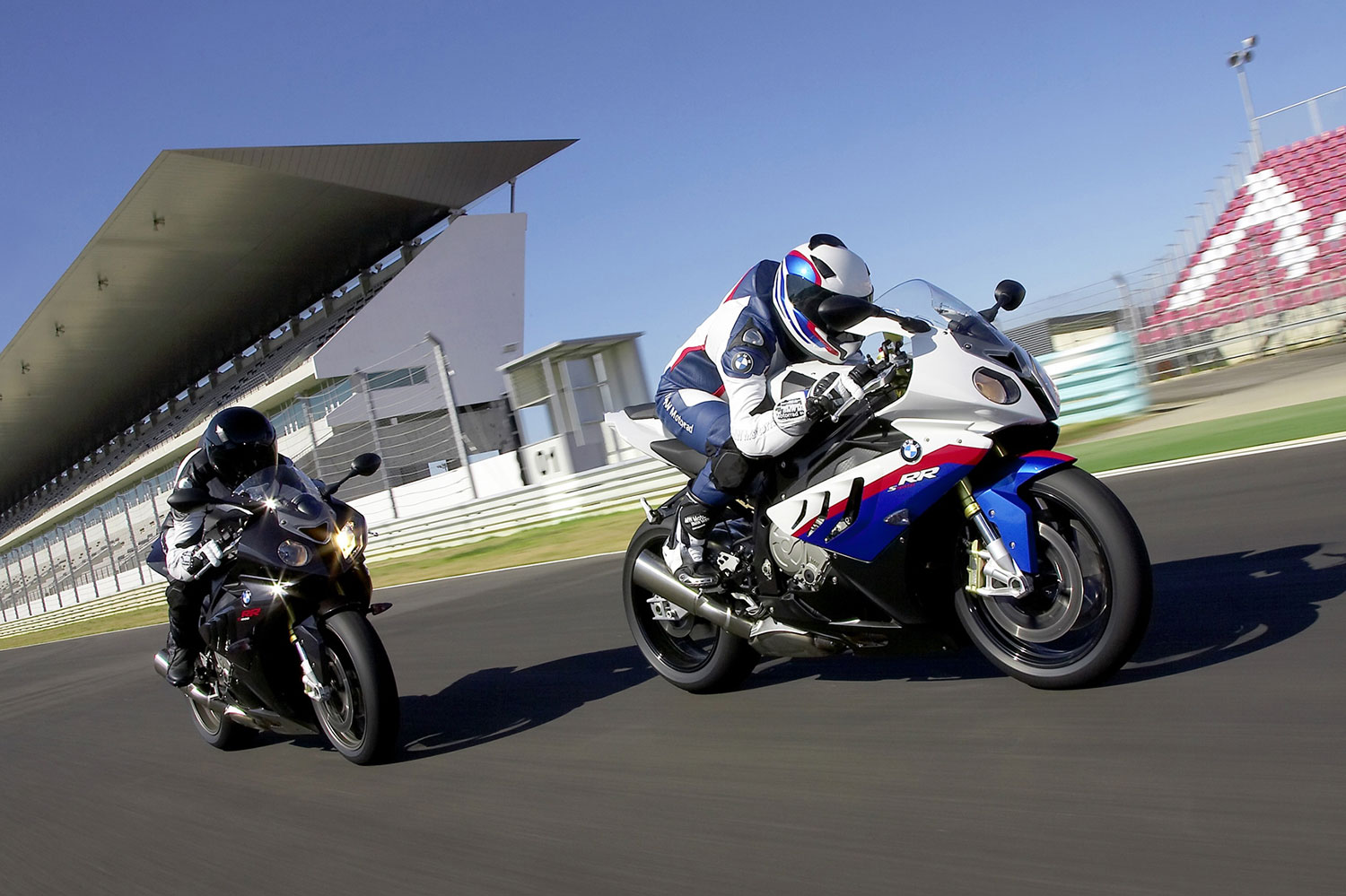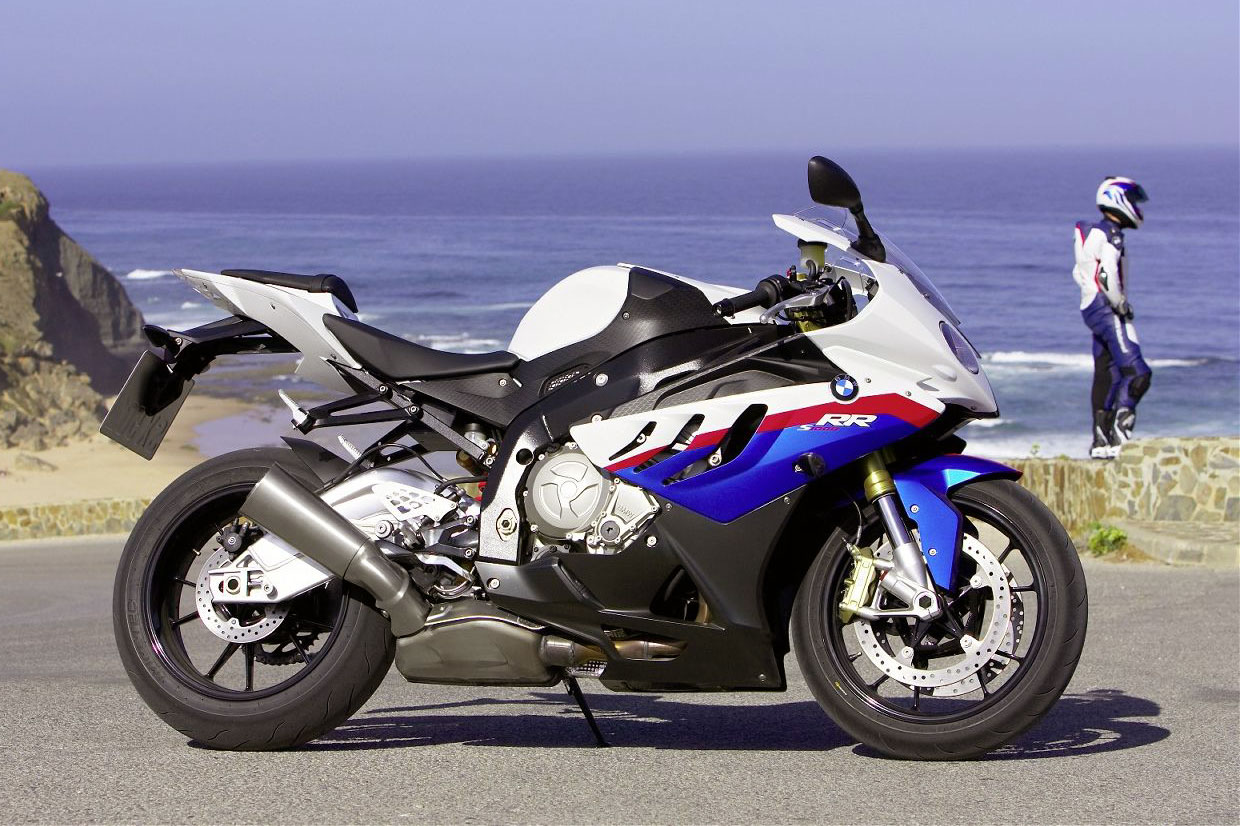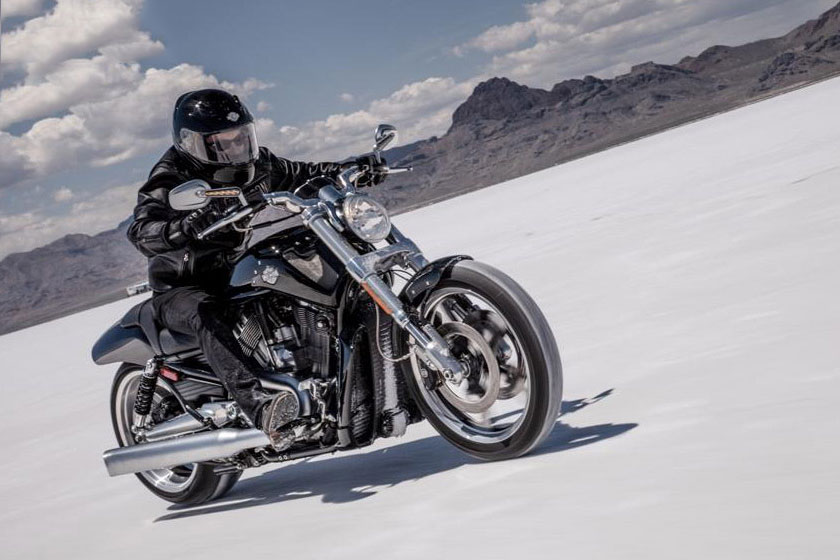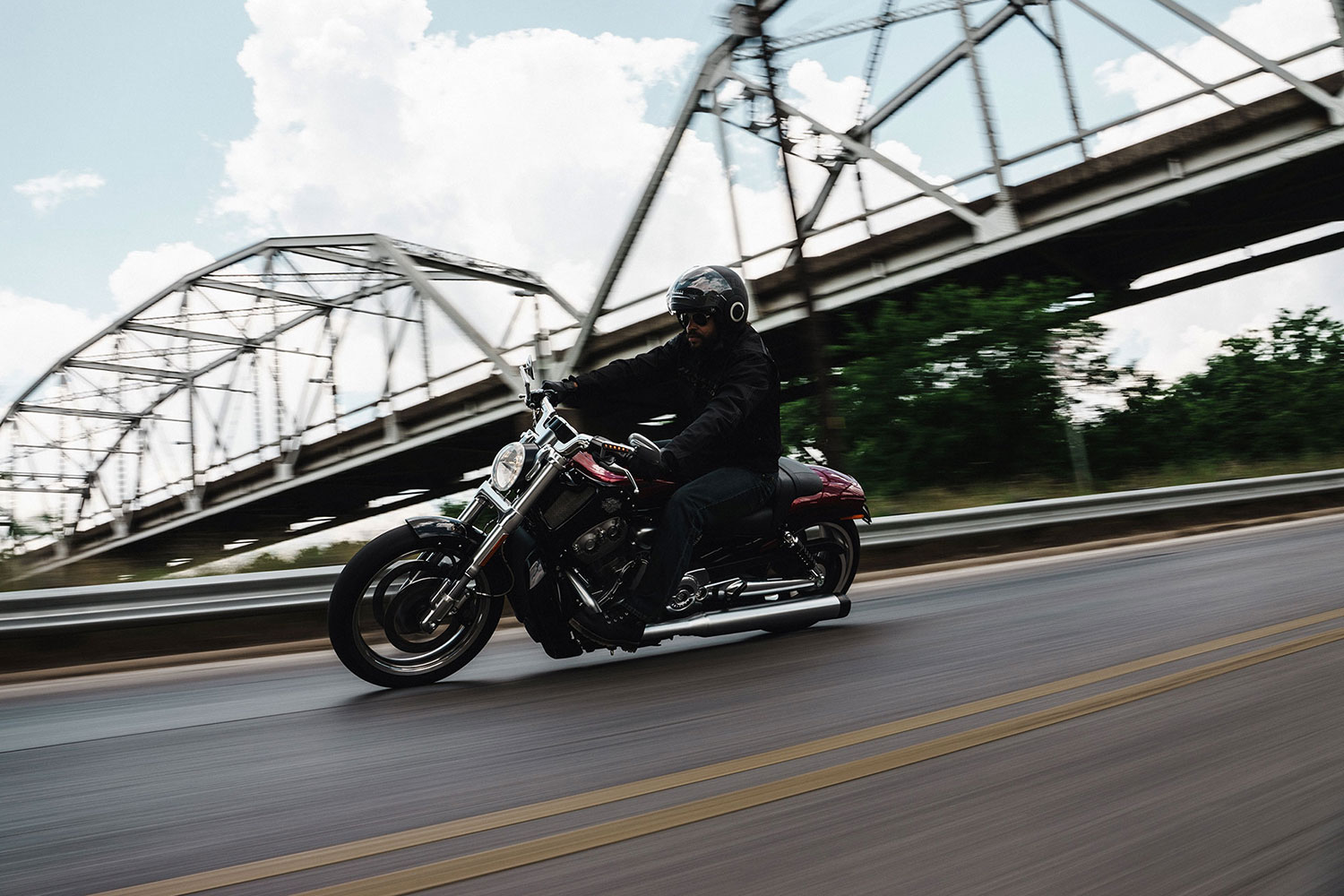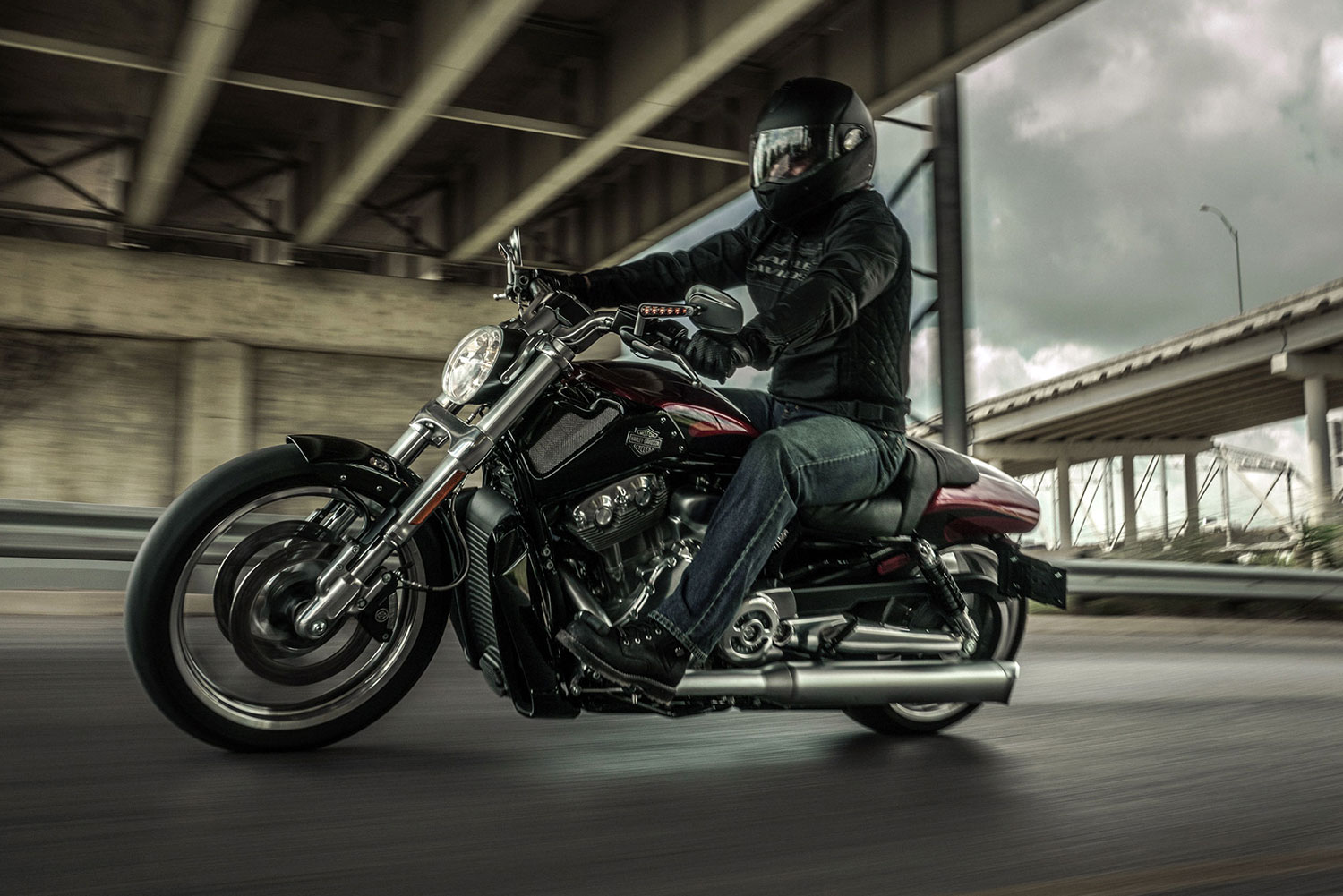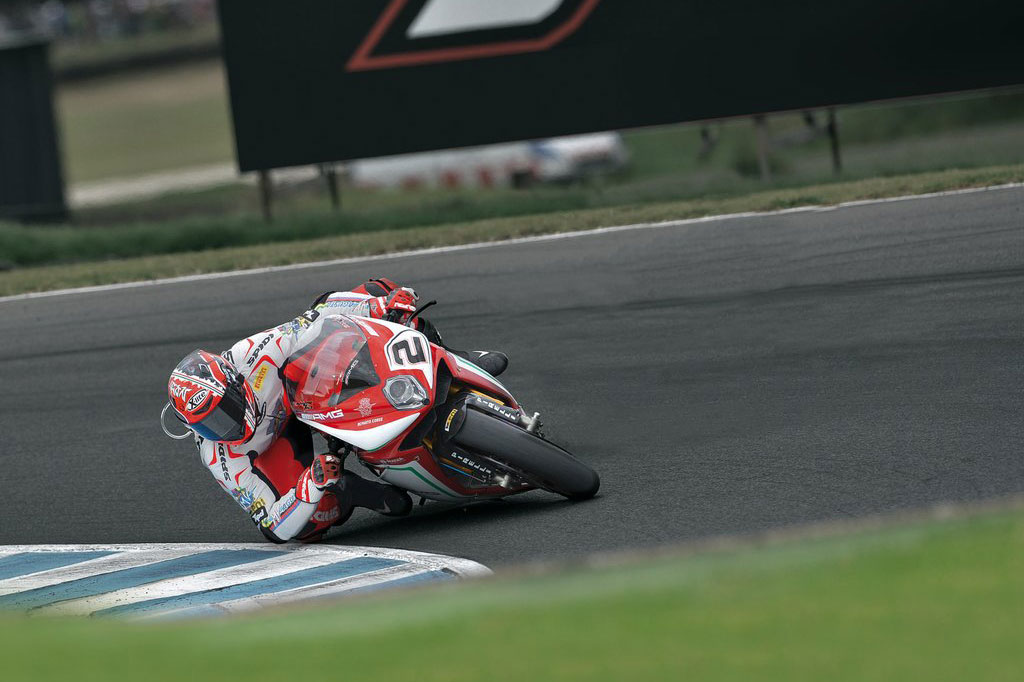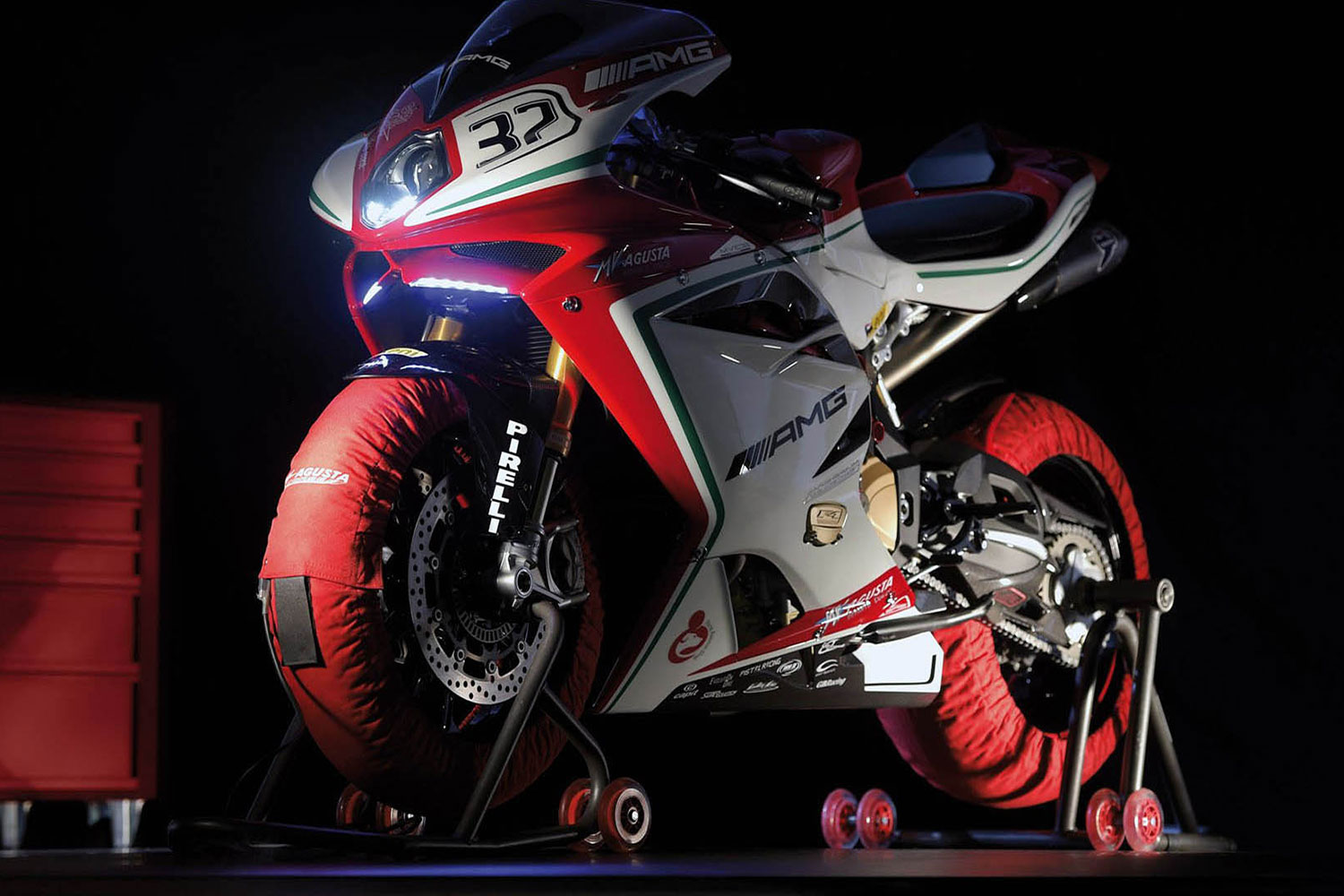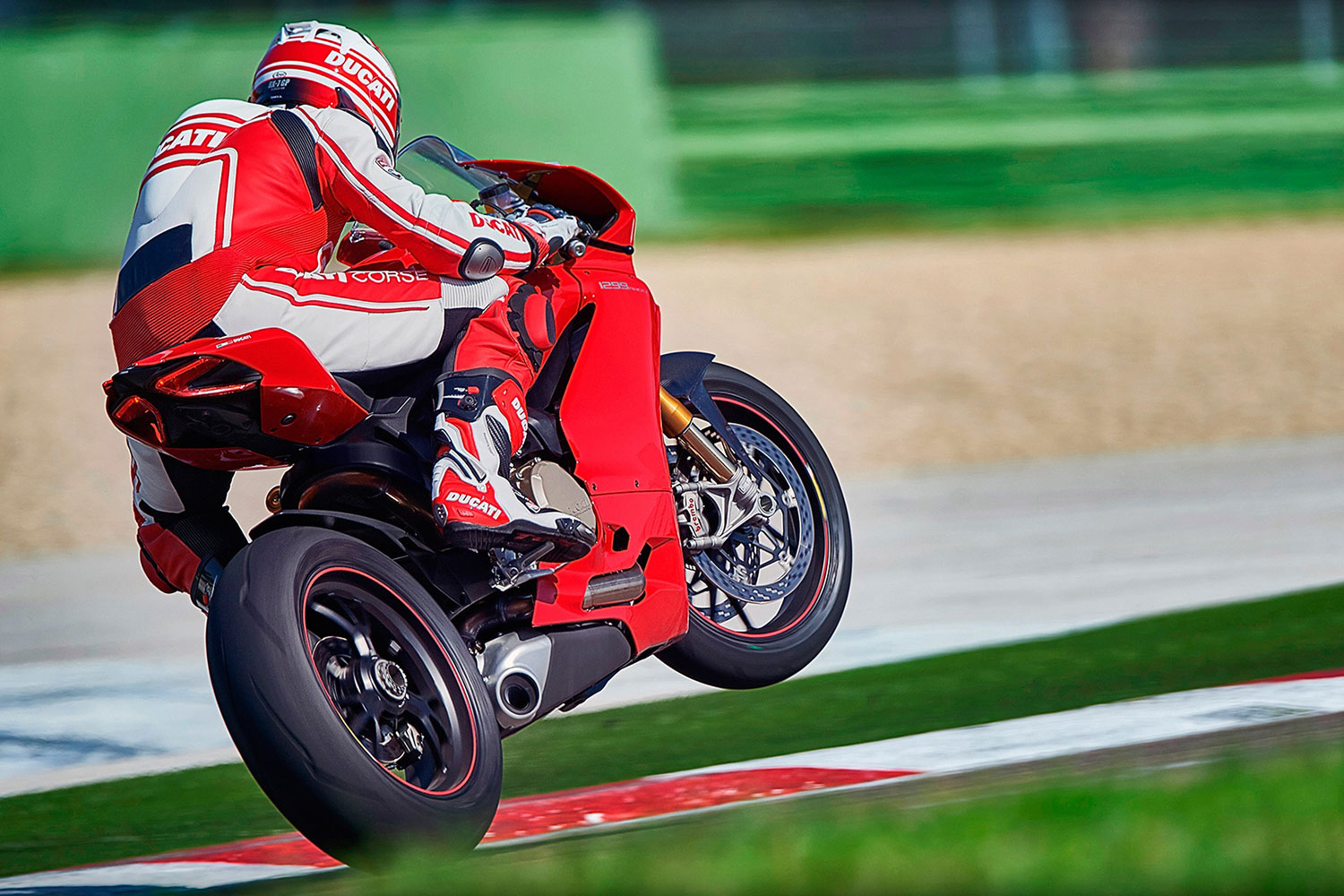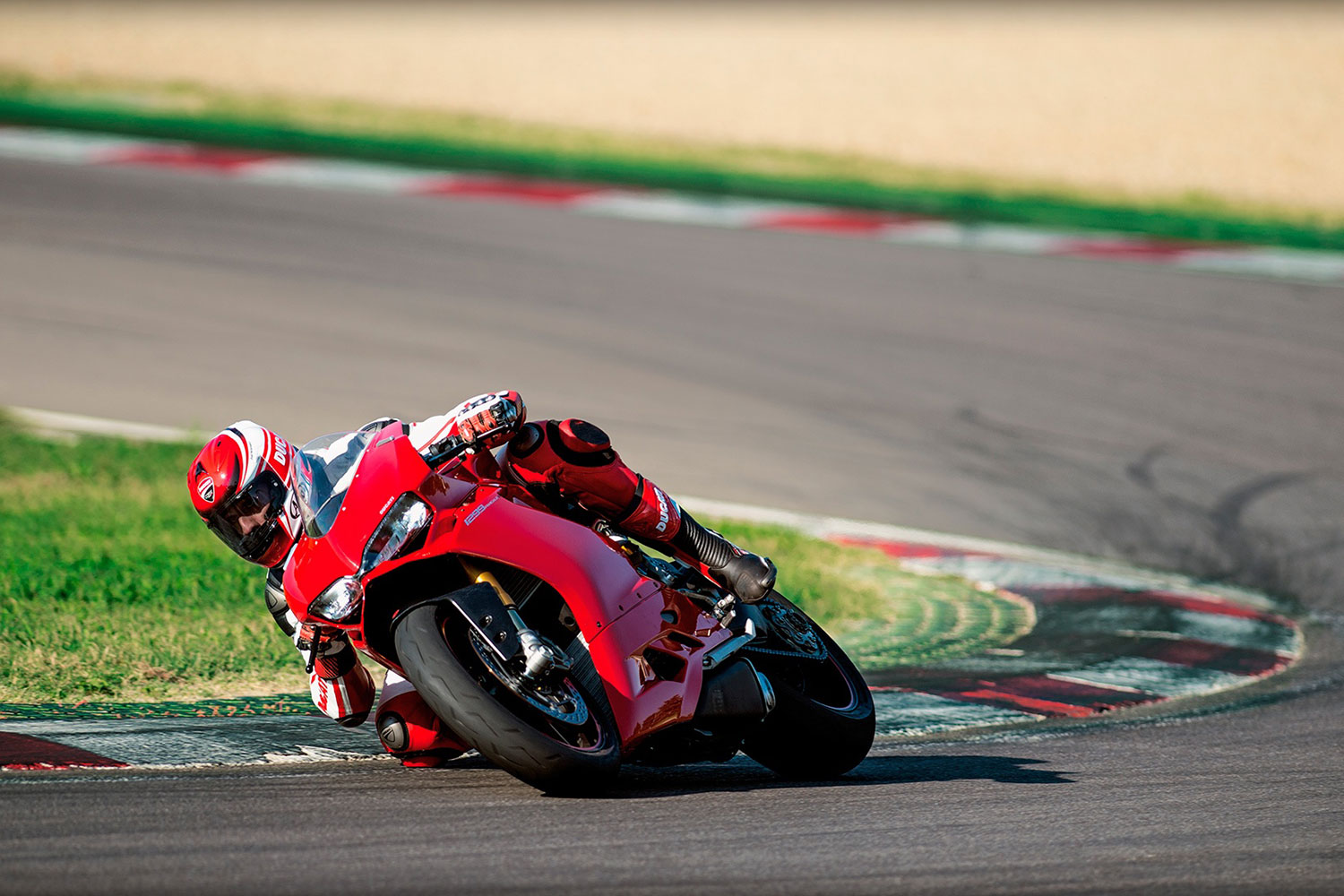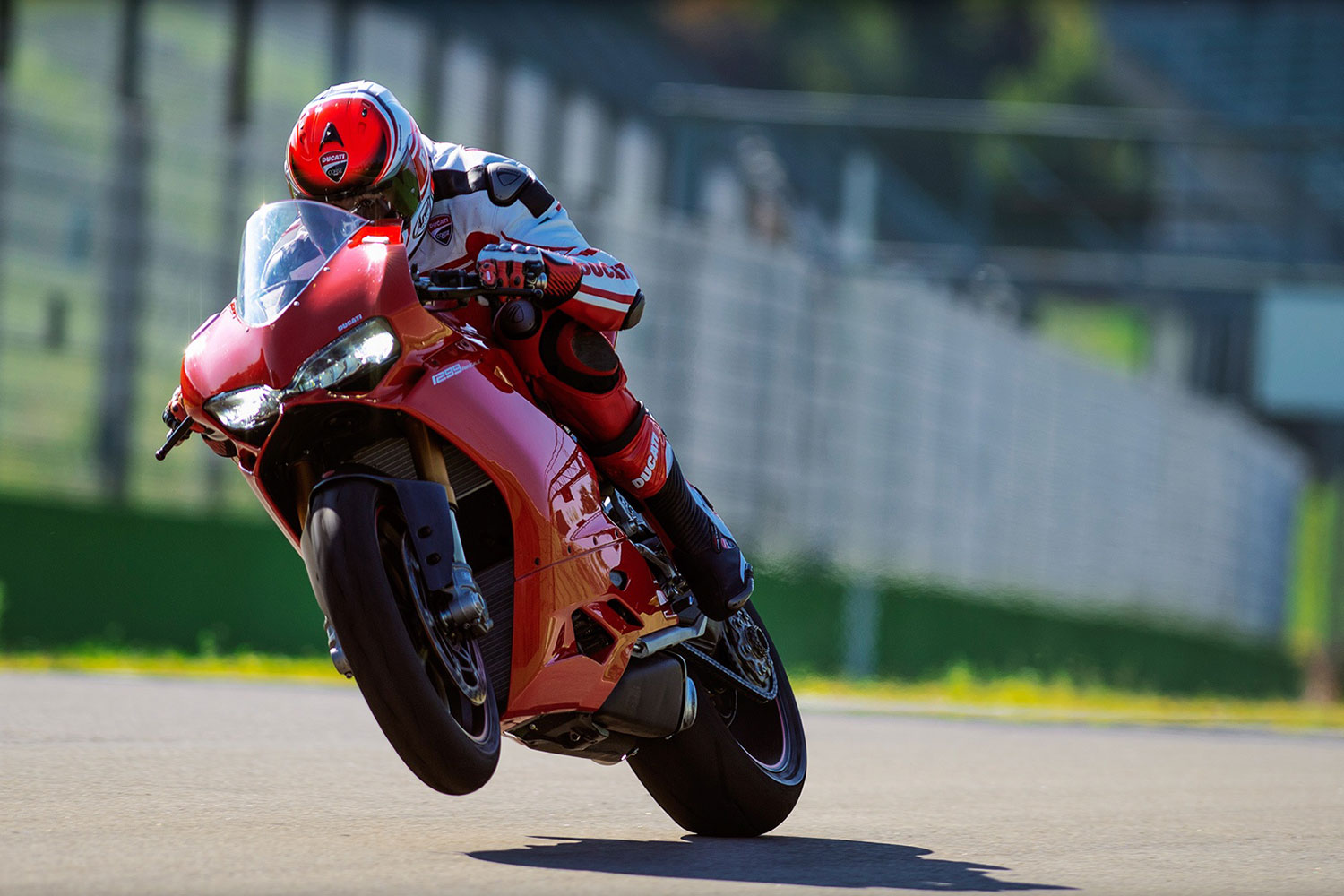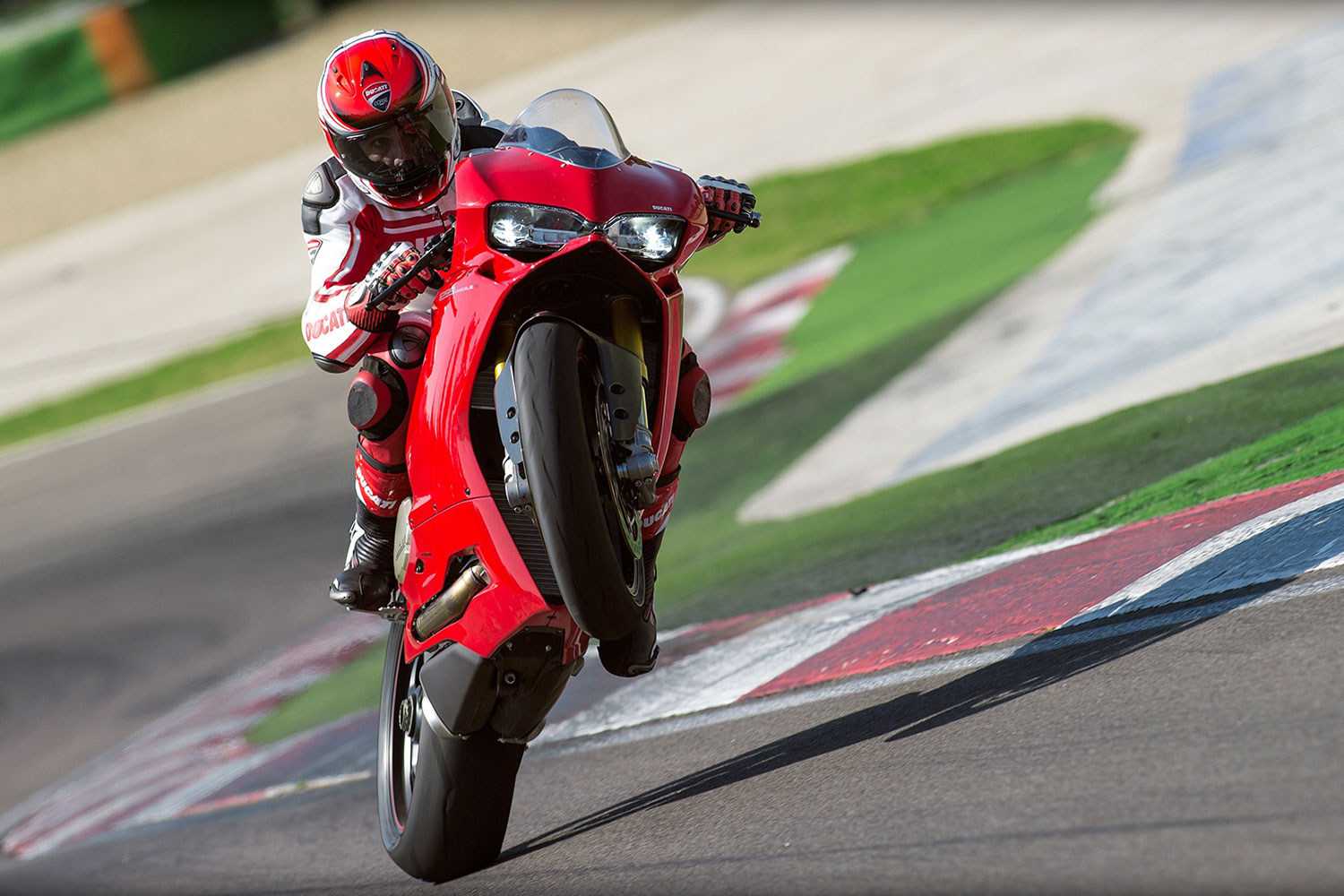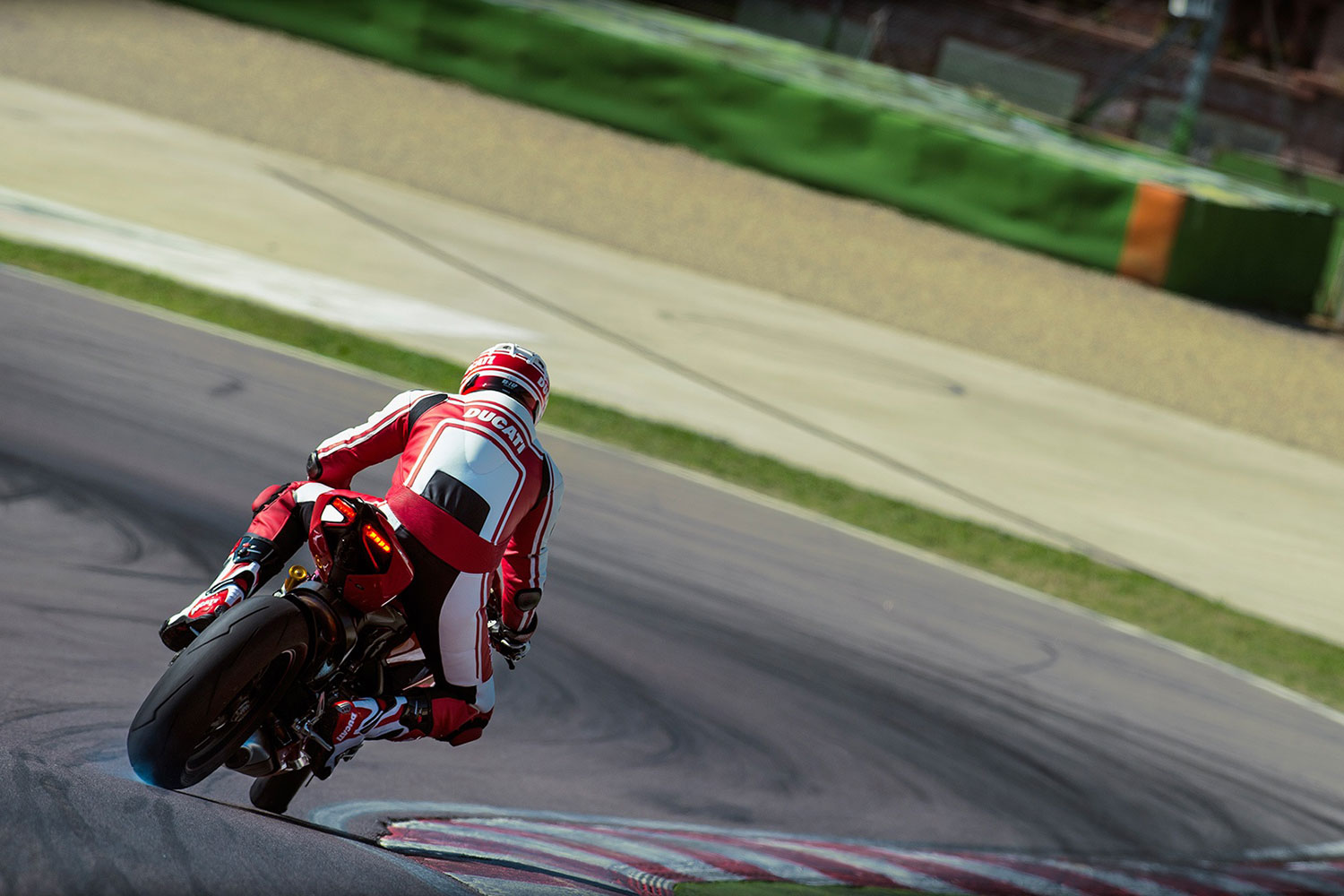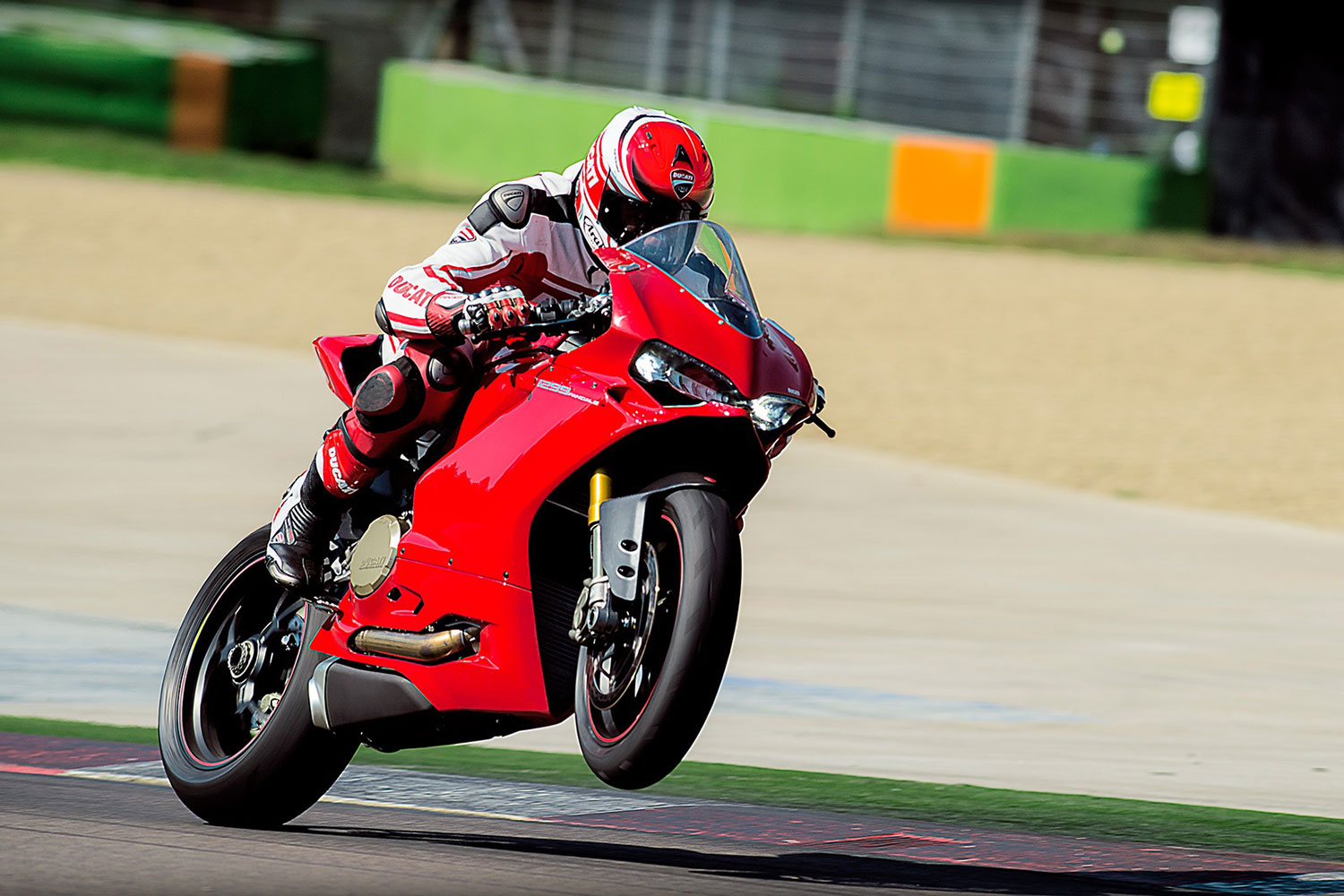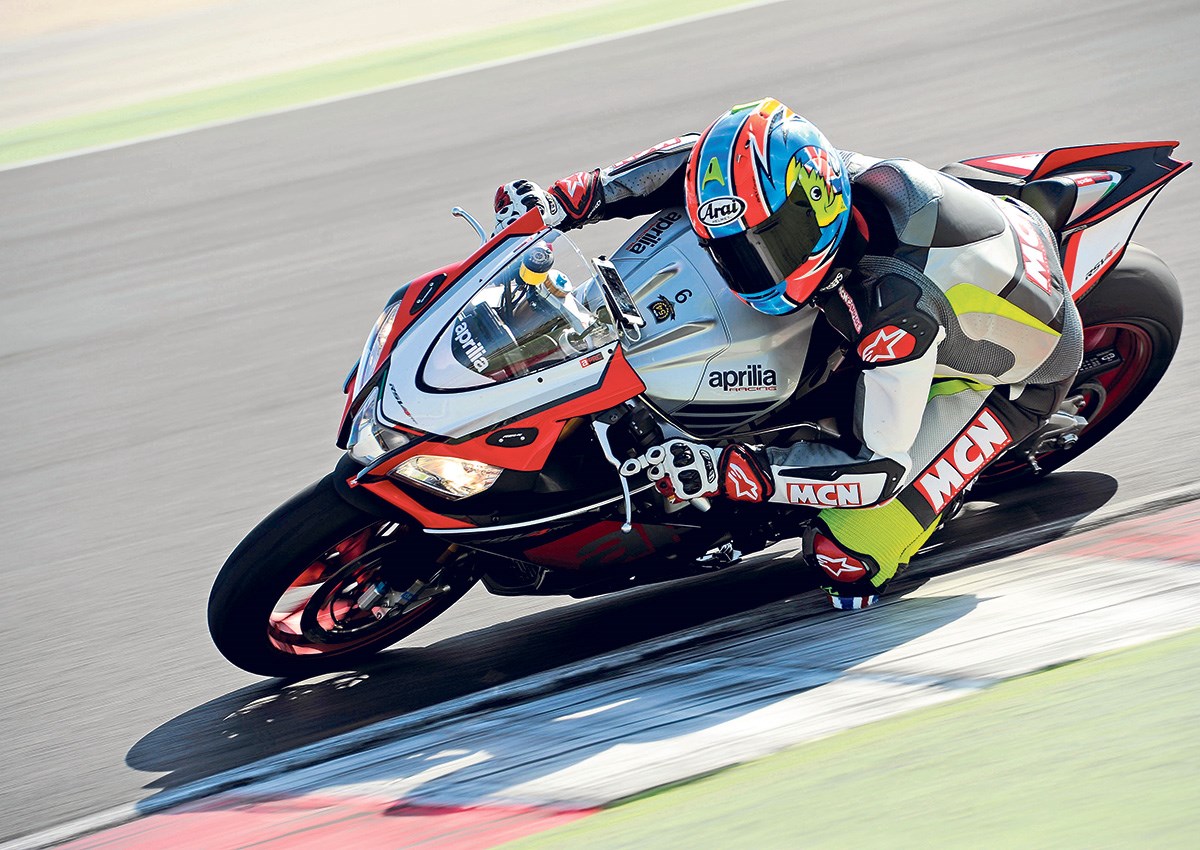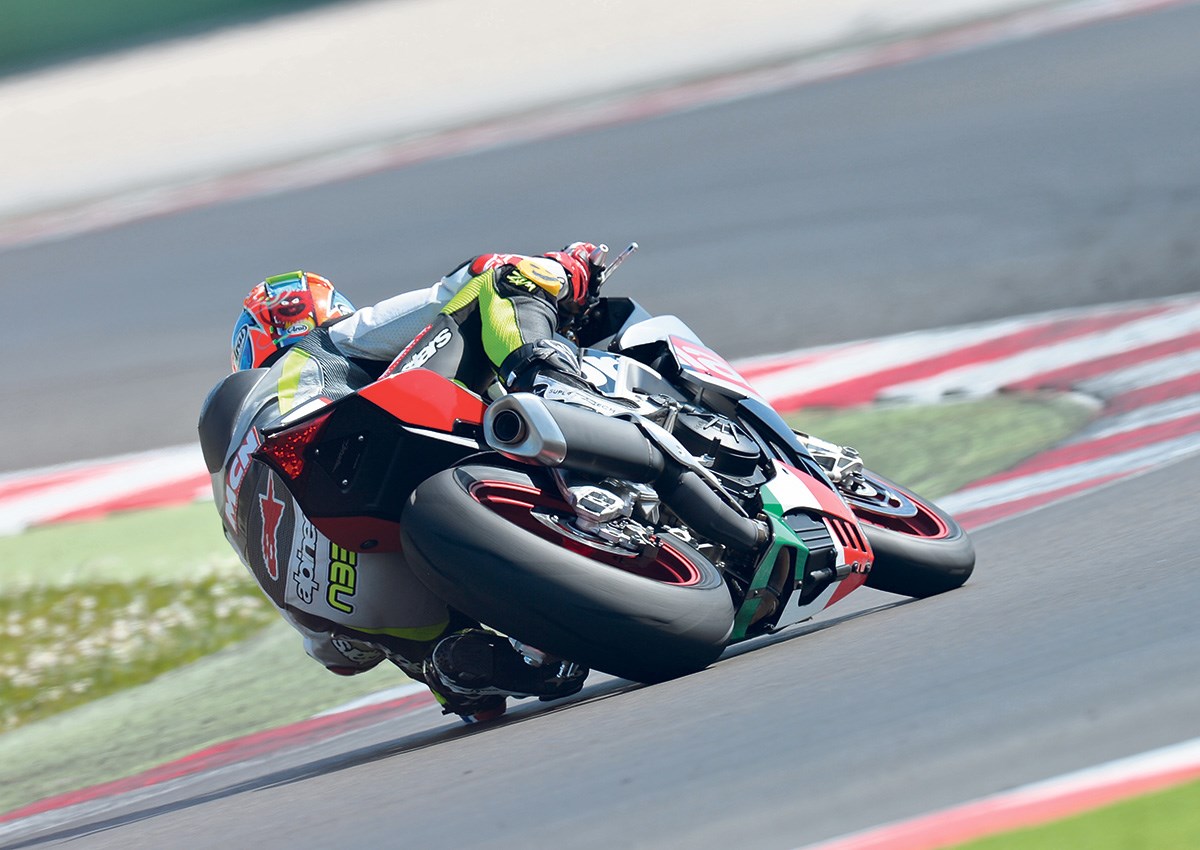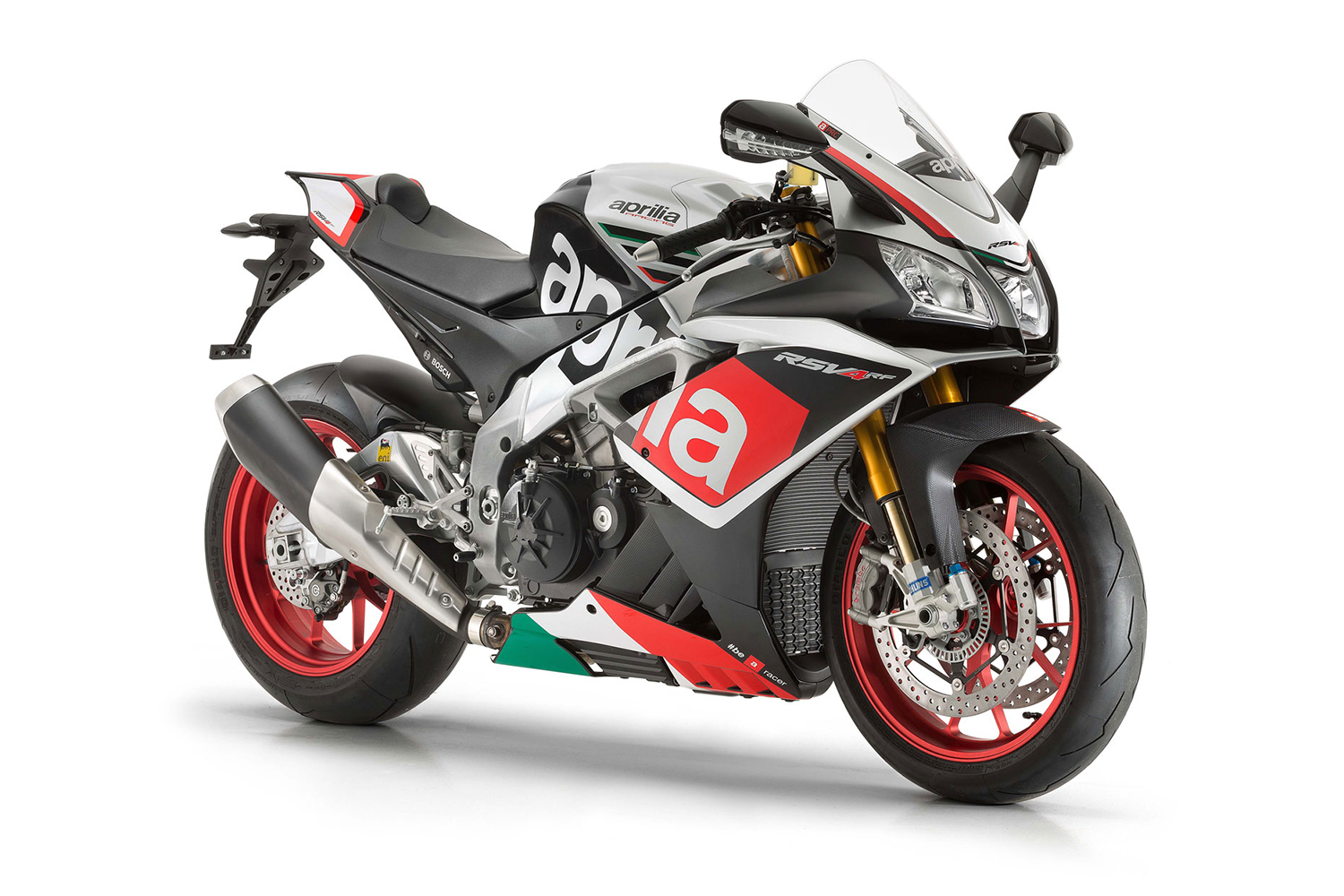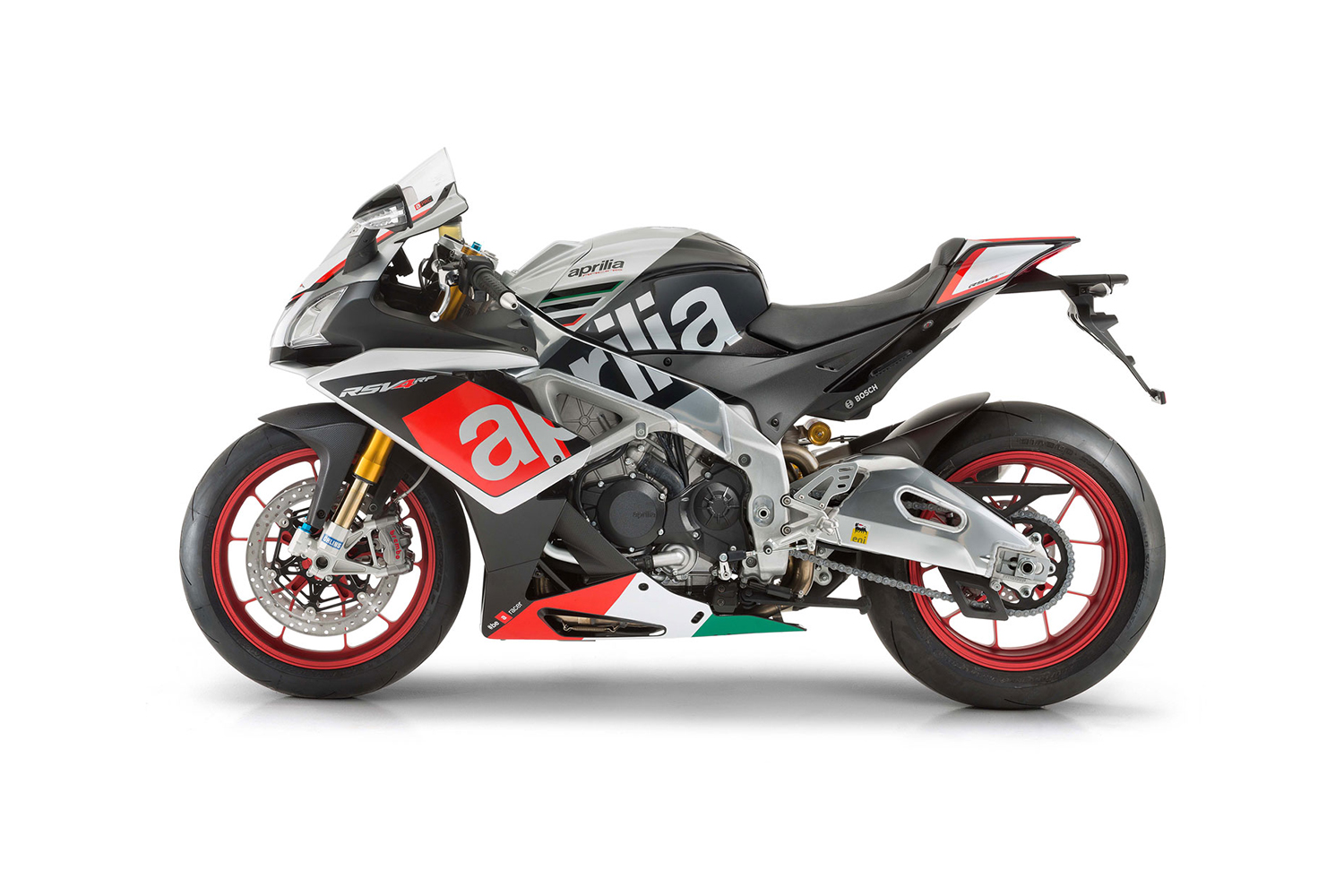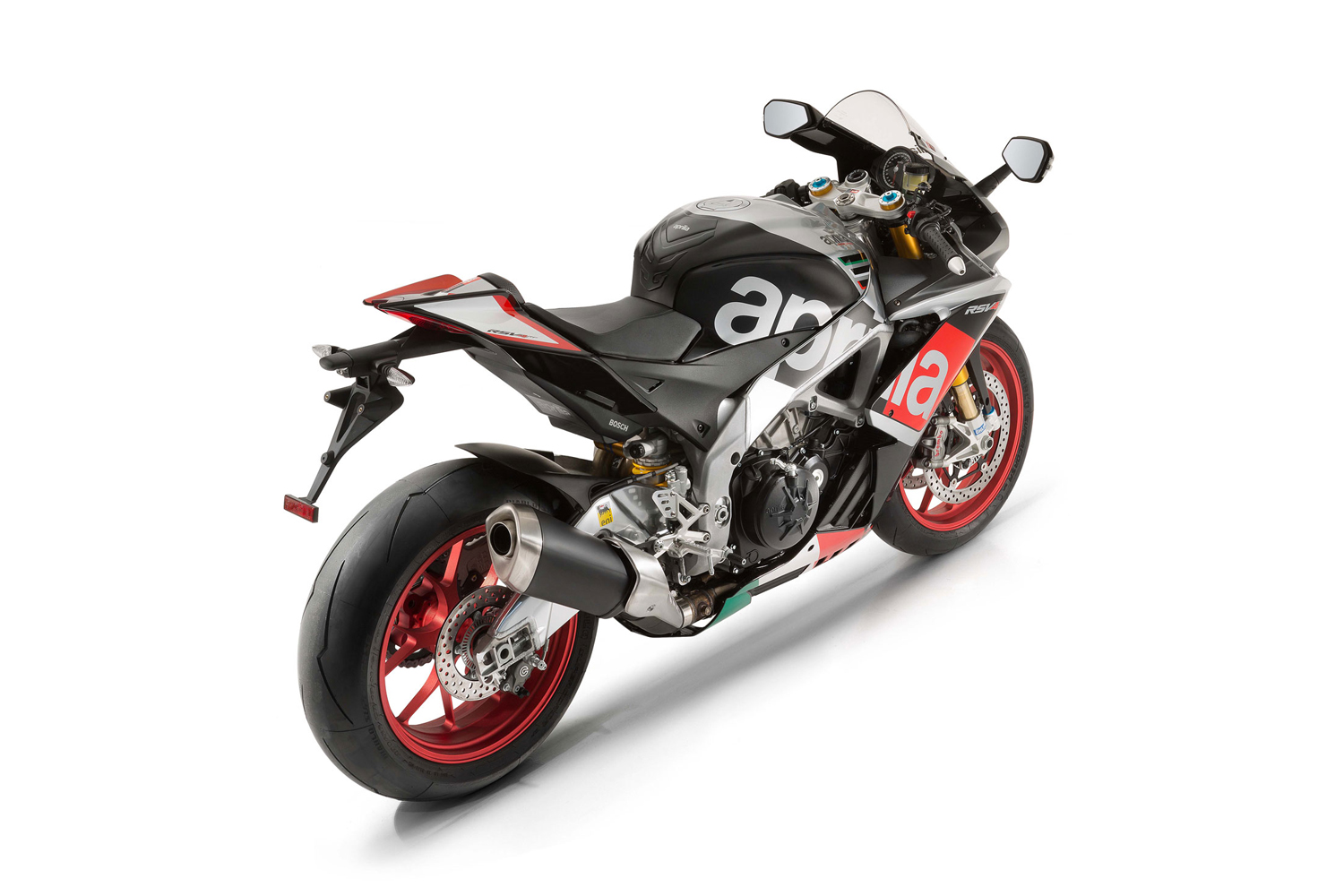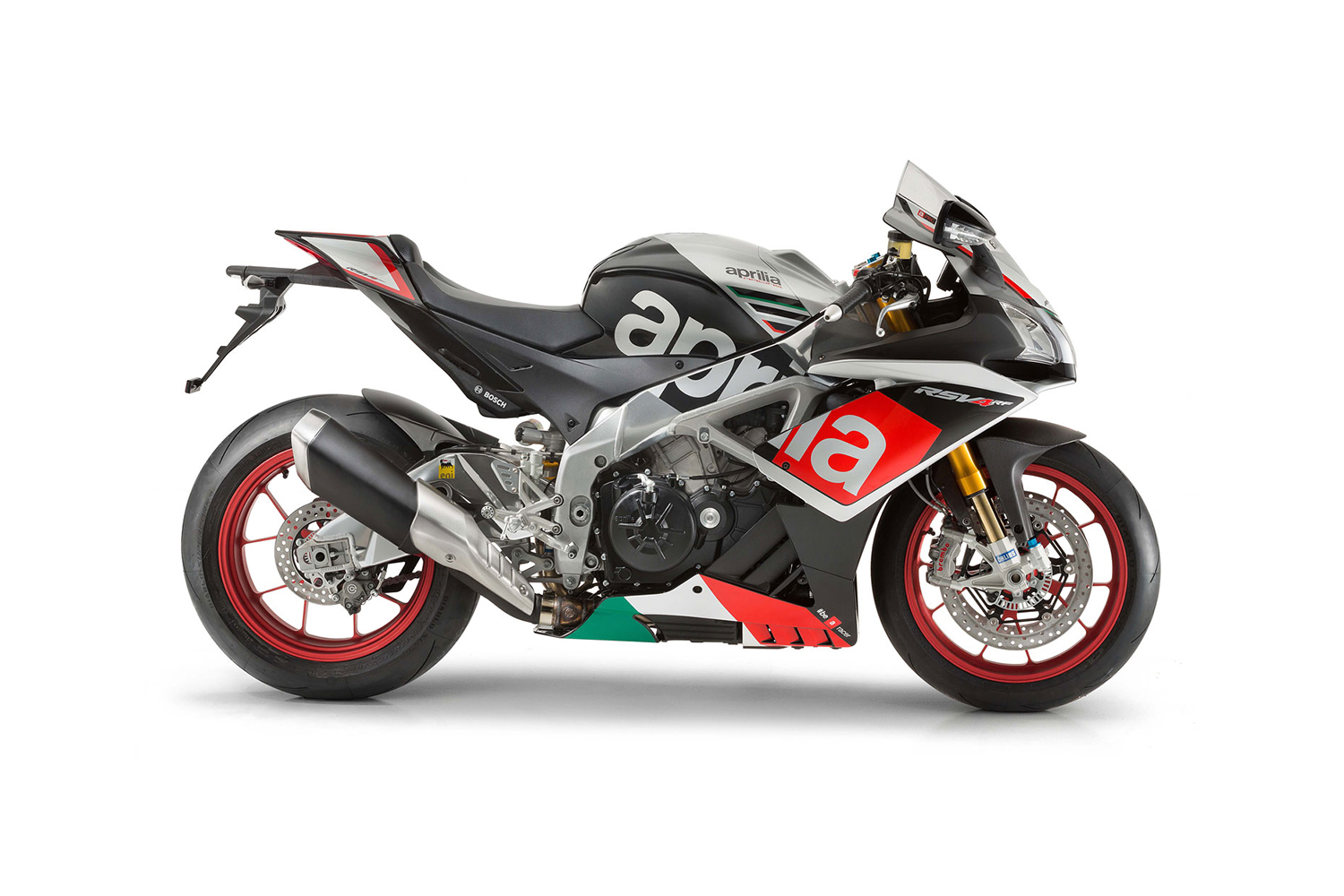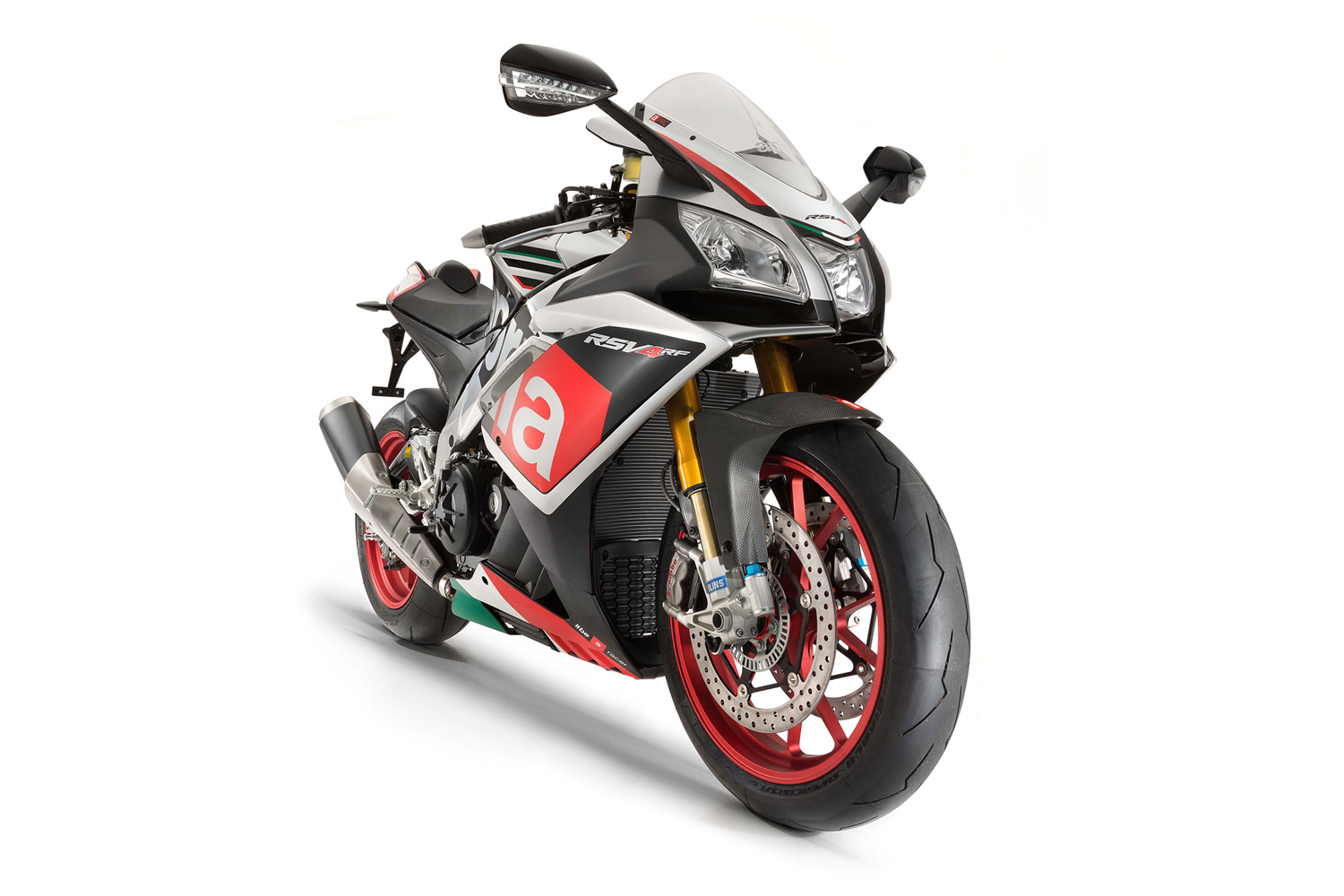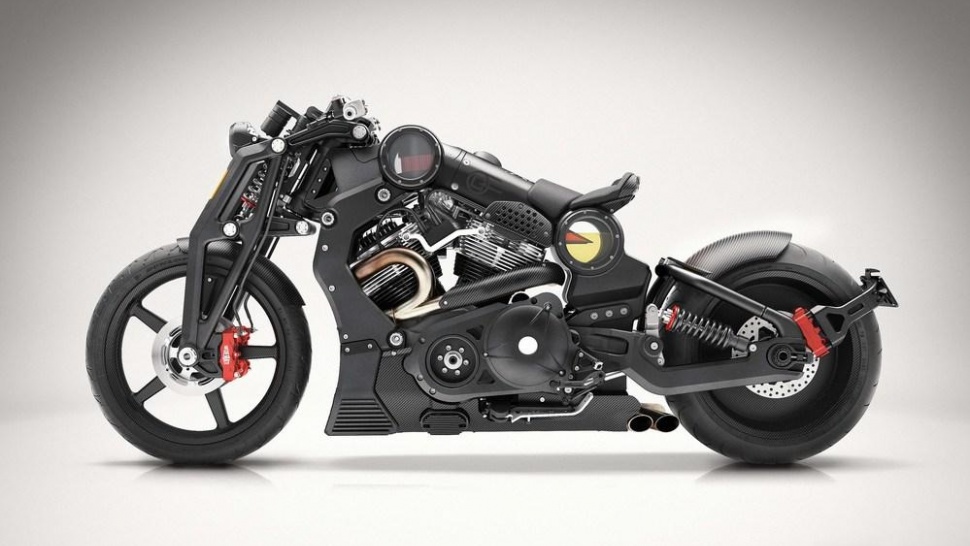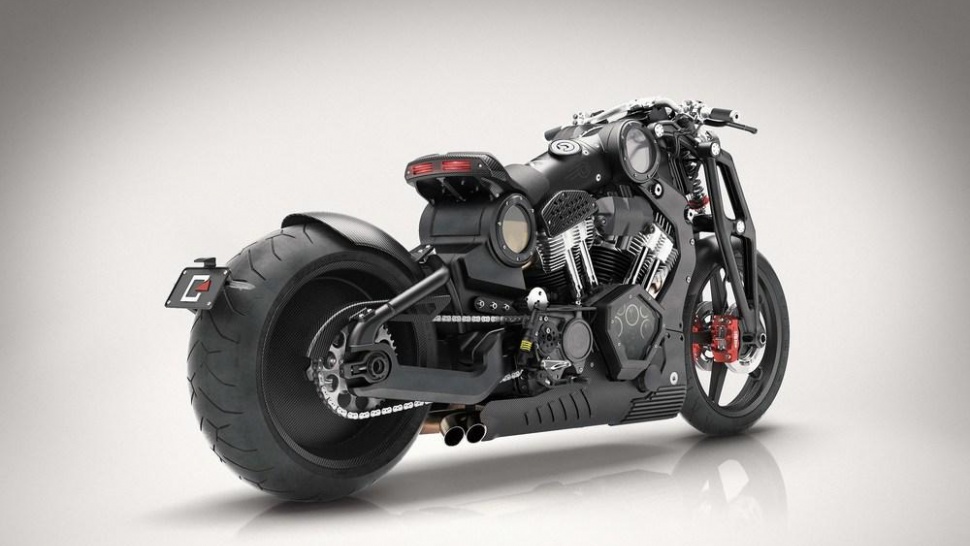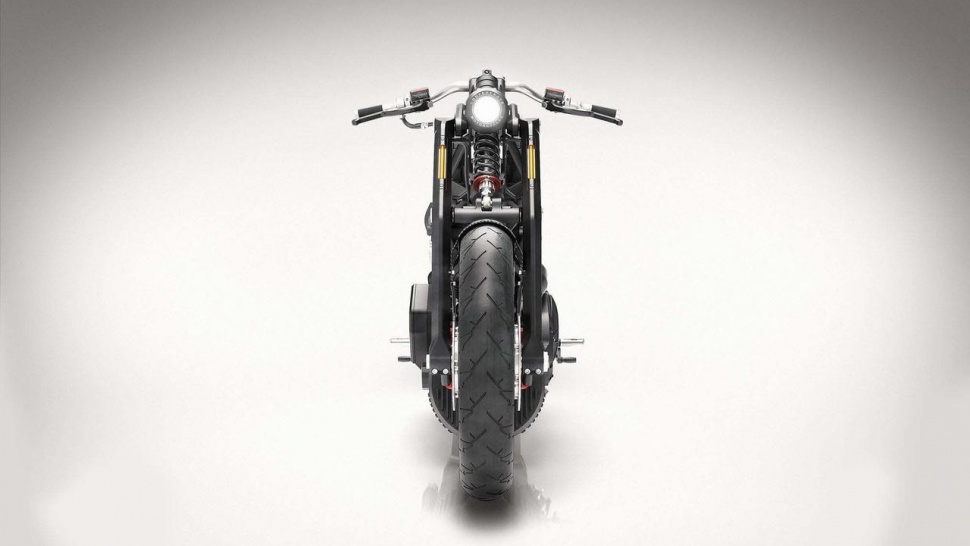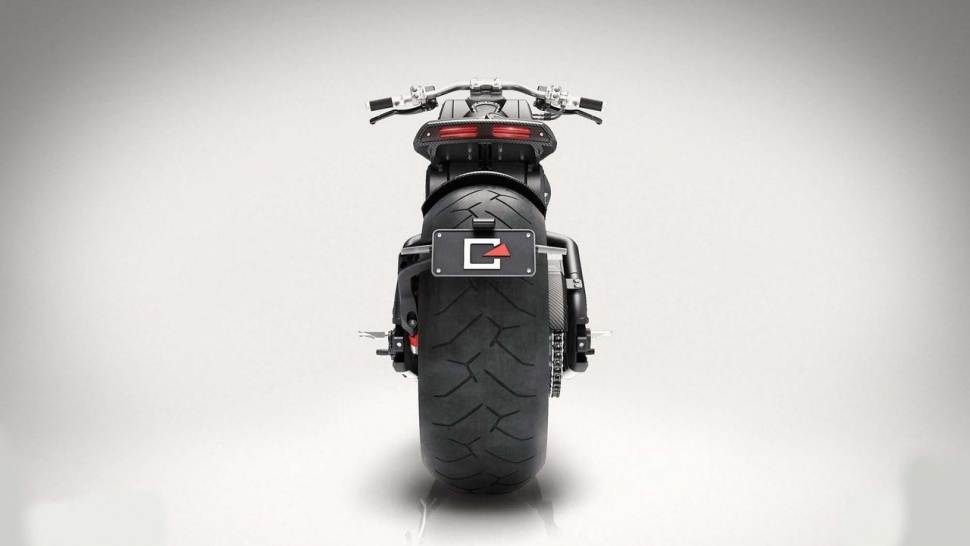Updated on May 17 by Miles Branman to include the Aprilia RSV4 RF.
Motorcycles. They’re efficient. Fun. Stylish. Rebellious. They scream of freedom from the daily drone, giving you a means of kickstarting your boring commute. That’s all fine and good, but sometimes, it’s really all about speed. Insane speed. Ludicrous speed. Lose your license — or worse — speed.
Forget “safety first” for a moment and thrill to the kind of bikes that epitomize the enormous power of the modern motorcycle and don’t apologize for being really fast. Oh, your million-dollar “supercar” can go from 0 to 60 mph in 2.8 seconds? Well, you just came in a very distant second to my sub-$20,000 hyperbike. Sucker.
So in no particular order, let’s take a look at who’s making the fastest moto machines you can buy today.
Honda CBR1000RR-S
Sorry to say, but at this point, you’ve missed out on getting your hands on Honda’s real (and very limited production) “MotoGP racebike for the street,” the insane RC213V-S. But go ahead and thank me for saving you about $180,000. Instead, just point your wallet to the limited-edition CBR1000RR-S.
The “S” designation tacks $3,300 onto the price tag over the garden-variety CBR1000RR’s MSRP of $13,999, but hey, so what. Even the basic bike would likely make you wet your knickers at full boil, but you do get some fancy upgrades for the dosh, including a buttery Ohlins suspension setup, improved exhaust, upgraded engine internals, a solo seat, better tires, and a myriad of other bits.
It also includes an optional Repsol Honda Racing replica paint scheme, so maybe you could talk Repsol Oil into paying your insurance premiums in exchange for being a rolling billboard. Good luck with that. If you can’t handle all the Repsol fame, the down-market CBR1000R is available in basic glossy black, just don’t forget your ninja outfit.
While Honda doesn’t talk horsepower figures, the base CBR1000RR makes about 145 ponies across most tests, so count on a solid 150 hp or so with the S option, along with less weight — and that’s on a bike already on a very strict diet. Velocity and acceleration should fall in line with the cream of the hyperspace-capable bike set, with 0 to 60 mph coming much closer to 2.0 seconds than 3.0. Top speed quickly bangs into the voluntary 186 mph (300 kph) limit that most bike makers are still adhering to. But feel free to experiment with that.
Yamaha YZF-R1M
Like Honda, Yamaha has an up-market version of their top sportbike, the YZF-R1, which most riders just call “the R1.” It’s called the YZF-R1M, and while Yamaha didn’t ship the bike off to BMW, the effect is essentially the same. Prepare to part with the better part of $22,000, or about $5,000 more than the proletariat R1, which, like the base CBR, is still capable of brain-melting performance.
The R1M upgrade list includes the de-facto Ohlins suspension upgrade, but in this case all the adjustability can be done using the fancy LCD screen and some buttons. Leave the wrenches at home. Other upgrades include a hand polished aluminum gas tank, a shiny swingarm, numerous carbon fiber bits to offset the added weight of the Ohlins, different tires, and a connectivity package for fine-tuning the bike on track day. You were going to take it to the track, right? Every weekend? Thought so.
Speed and performance are comparable to the top-spec Honda (and Kawasaki and Suzuki and…), meaning these bikes have reached a velocity nirvana of 0 to 60 mph in about 2.3 seconds and a top speed of 186 mph. What’s left is making these insanely powerful machines handle better, stop better, and think better. And we must say that in this case, the Yamaha R1M is a winner in the looks category as well. It’s hand polished, for gawd sake.
Kawasaki Ninja H2
Kawasaki’s Ninja line has been at the top of law enforcement’s Most Wanted list since Tom Cruise rode an early iteration in Top Gun. While Kawi calls their bruiser ZX-14R the “King Of All Sportbikes” (and that may be a justifiable claim), the real stallion in the stable is the ultra-limited H2. Because nothing says “overkill” like bolting a supercharger to your already insane 1000cc inline-four and then adding lights and turn signals.
Kawasaki says the H2 makes 200 hp. Seeing how the track-only $50,000 H2R made an honest 300 ponies, and the H2 is derived from that beast, well, we’re inclined to take their word for it.
Price of admission is $25,000, and act fast as they don’t make many of them. It has every doodad, geegaw, and go-fast trick you can shake a stick at, and it has a supercharger. Why are you still asking questions?
Suzuki Hayabusa
Back in 1997, Suzuki banged the door shut on the question of “who makes the fastest stock motorcycle” with the 1300cc Hayabusa, an oddly-shaped missile that ripped through the timing lights at 194 mph, a good 20 mph or so faster than the nearest competitor. Shortly thereafter, nannies in the EU got out their rulers and threatened to slap the hands (tax-wise) of anyone that made a bike go faster than 186 mph (300 kph). And that was the end of that, for the most part.
While Suzuki’s lithe GSX-R1000 certainly competes well against all the other hyper-hardware on this list, I’m picking the long-running and nicely updated Hayabusa because it’s still a monster in monster’s clothing. While other bikes here can out-handle it, few can match its Millennium Falcon speed and eyeball-flattening acceleration. Plus, it looks like nothing else. If it works for you, embrace the ‘Busa and know that for your $14,599, you’re getting a bike that will flat crush 99.9 percent of the street-legal wheeled conveyances on the planet while also being well-suited for distance riding and commuting. No joke.
BMW S1000RR
Ah, BMW. Boring Motor Works, right? Their bikes don’t exactly have a high-speed reputation. Want to ride around the world? No problem. Roll up a zillion touring models in comfort? Covered. Slay the best from Japan and Italy? You must be joking. Yeah, well guess what, BMW’s asymmetrical shark, the S1000RR, ain’t joking around at all.
With comparable power to the Kawasaki H2 and enough digital wizardry to run a corner of the internet, the S1000RR is the gentlemen’s express when you feel like giving that gentlemen next to you the finger and disappearing into the distance like a Tron lightcycle.
The $15,000 S1000RR features a 1000cc inline-four which, while common everywhere else, is a first for the company better known for boxer twins or oddly configured laydown-four “brick” engines. Does it work well? For goodness sakes, this is BMW. Of course it does.
Harley-Davidson V-Rod Muscle
Low and slow more your speed? Didn’t think so. So what is a Harley doing on this list? Trust me, the V-Rod Muscle belongs here. While not as famous (or as promoted) as H-D’s chrome-clad cruisers, the V-Rod Muscle features a blatantly liquid-cooled 1247cc 60-degree V-Twin thundermaker that had some design input from some obscure outside company called Porsche.
The result: 87 pound-feet of torque mated to about 120 hp, all in a low-slung cruiser format that’s far more comfortable than many of the balled-up riding positions of sportbikes. It also looks pretty badass to boot. Triple disc brakes and adjustable suspension up the fun factor.
The $16,500 V-Rod is available in two looks this year, and really, either one should do the job. Will it win races against some of the other top-shelf bikes here? Maybe, maybe not. One thing it isn’t, though, is slow.
MV Agusta F4 RC
Congratulations on the buyout of your internet unicorn; let’s go bike shopping. First stop, the MV Agusta showroom and the F4 RC. That will be $35,000, please. Look, it says AMG on the side, what did you expect?
In case you weren’t sure, hold on tight as the 212-hp 1,000cc inline four spools up and rockets you in record time to that stupid 186 mph limit. Bah.
Soothe your high-speed sorrows with the appreciation of Ohlins, carbon fiber, a howling Termignoni exhaust, a full suite of race day electronics, dual fuel injection systems, magnesium stuff, titanium stuff, and the thought of fastidious MV Agusta craftsmen building your bike by hand between many breaks for expensive coffees. What, you scored a billion dollars on the sale? OK, I’ll take one too, thanks.
Ducati 1299 Panigale S
No “fast bikes list” would be complete without a Ducati, maybe several Ducatis, but for now we’ll focus on their top street legal tool, the $25,000 1299 Pinagale S. There’s actually one option UP from here, the $34,000 R model, but she’s not street legal, so it’s not likely to make an appearance at the group ride next weekend.
That’s just fine, because the Panigale S is pretty much the same bike but with all the needed DOT stuff. A 202-hp 1299cc SuperQuadro L-Twin powerplant? Check. A insanely low weight of 363 pounds? Of course. LED lighting, top shelf brakes, suspension, electronics? All included. It even comes with a battery. Free bonus: stop-n-look red paint on a gloriously gorgeous body and D-U-C-A-T-I painted on both sides of the tank. What a deal!
You’ll probably want to swap out the polite stock low-exit exhaust system for something louder/better/lighter from Termignoni, so be sure to budget a couple grand for that. Otherwise, Ducati’s best red rocket will likely smoke most of the bikes on this list and look (and sound) amazing doing it. Just remember to bring a whole lot of riding skill to the party.
Aprilia RSV4 RF
Aprilia may not be as well-known as Ducati to the average consumer, but to motorcycle enthusiasts, especially MotoGP fans, Aprilia is known as one of the best bike builders on the planet. Aprilia bikes are the definition of racing technology for the street, as the Italian manufacturer knows what it takes to dominate both the World Superbike and MotoGP championships.
Aprilia’s latest model, the RSV4 RF, mirrors the company’s racing bike down to the tiniest detail. Powered by a four-stroke V4 engine, the RF produces 201 hp and 85 lb-ft. With three ride modes — Sport, Race, and Track — the RSV4 RF uses sophisticated traction control, ABS, adaptive dampers, and other technologies to help riders annihilate a road course (or a twisty mountain route). Notice Aprilia doesn’t even give you the choice of “comfort” or casual riding.
Every single feature of the RF, from the aluminum forks to the Brembo brakes to the Ohlins suspension, is the pinnacle of moto tech. There are bikes that can go faster in a straight line — albeit, few of them — but nothing beats this thing around a track.
Confederate P51 Combat Fighter
OK, if we’re going to be outrageous, we can’t look past a boutique builder. While there are several to choose from, no one out there is in the same league as Confederate. While the name may have a bit of a dark cloud around it, suffice to say they were around before all the controversy. And once you see the bikes, well, it becomes a who-cares issue. Come then, and bring thine satchel holding $130,000.
As you can tell from the photos, this is Neverland for motorcycling. The Confederate G2 P51 Combat Fighter won’t be mistaken for anything other than what it is — a nearly one-off 200-hp V-Twin dreadnaught that will scare the bejesus out of anyone nearby and probably yourself as well.
Cut primarily from solid blocks of aluminum and other metallic metals, the plastic parts would probably only fill a teacup. If I wrote about all the clever touches and innovations, this would be a 20,000 word article. Gas and oil in the giant frame. Girder forks by Vulcan’s best apprentice. Everything is massive. Everything is rough-hewn. Everything has a function. If you have to compensate, might as well be with this.
Hold the hell on.
